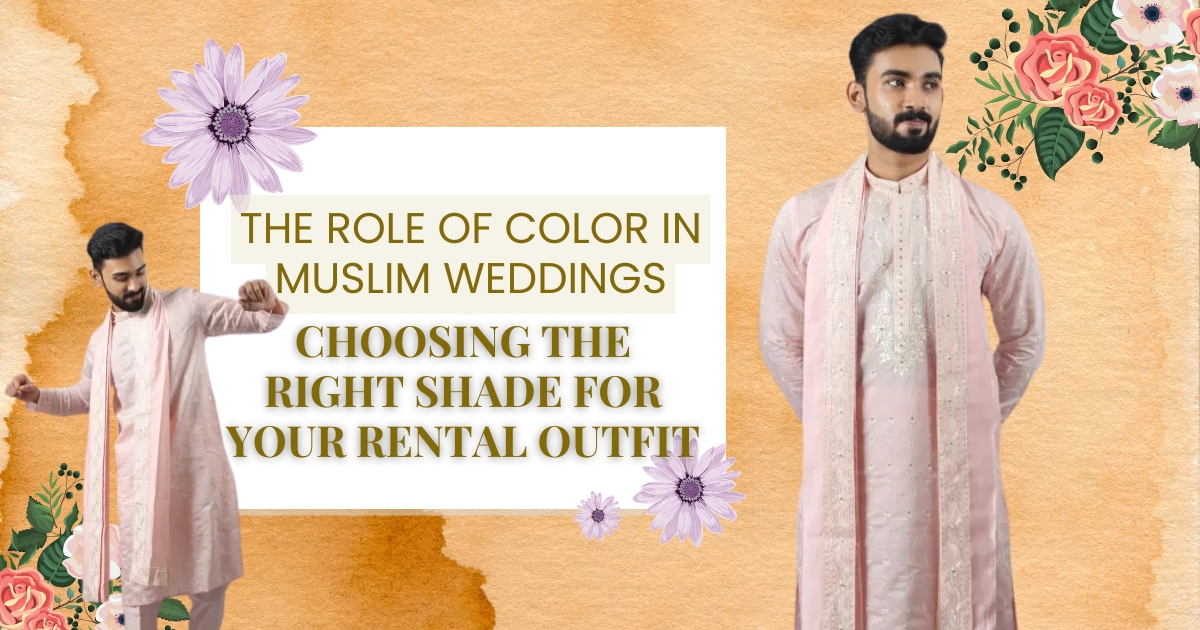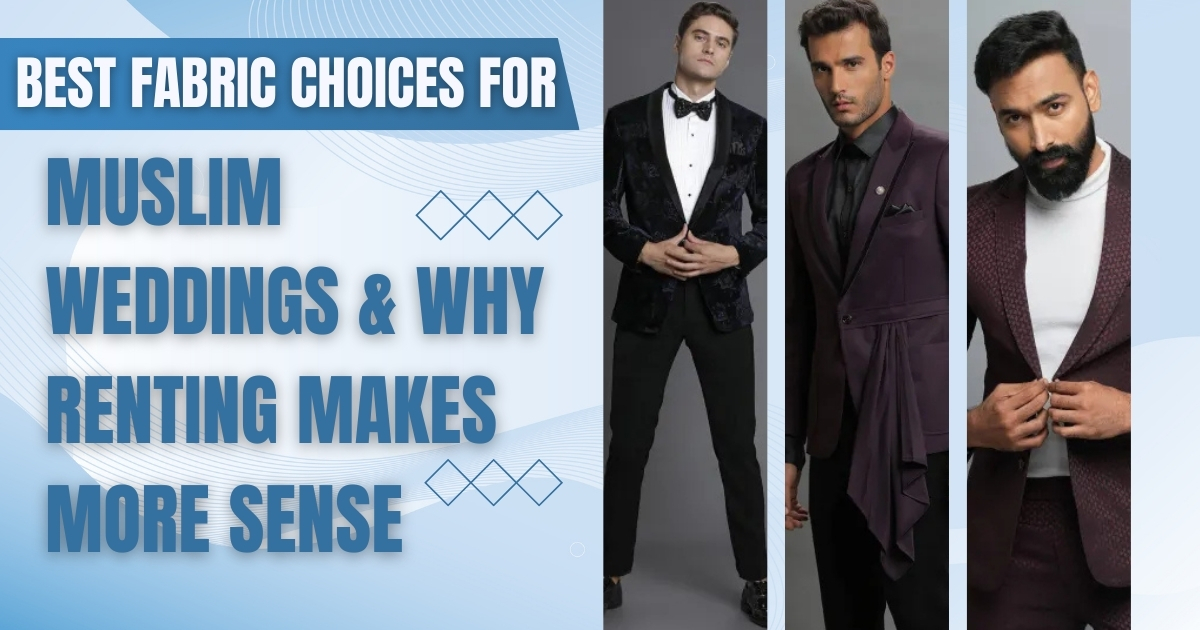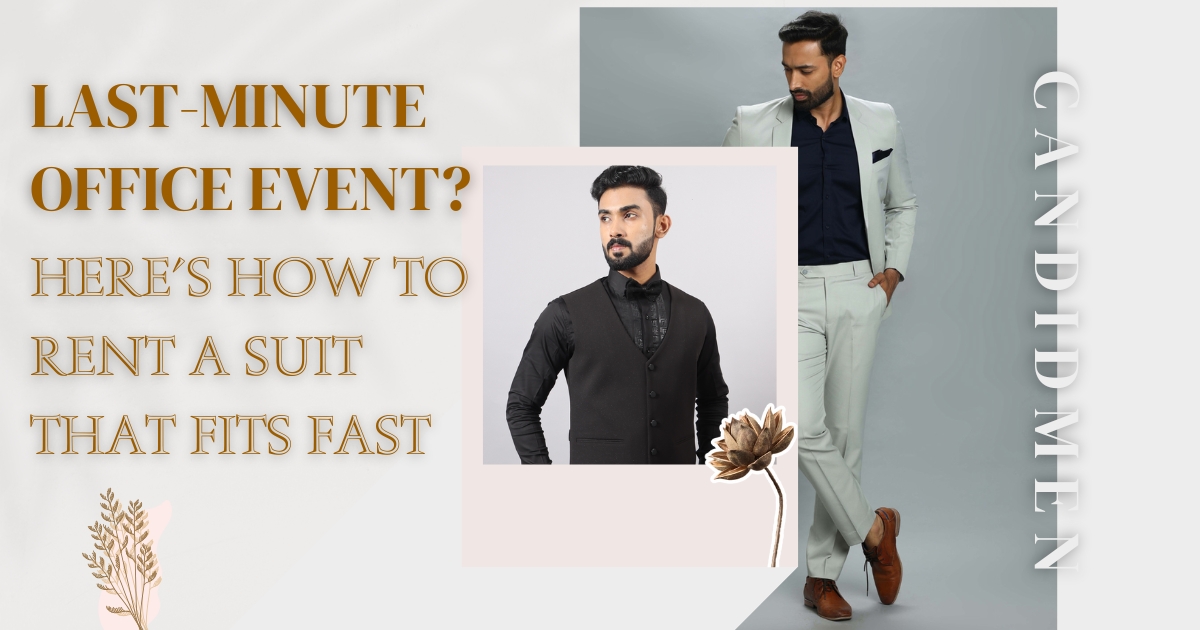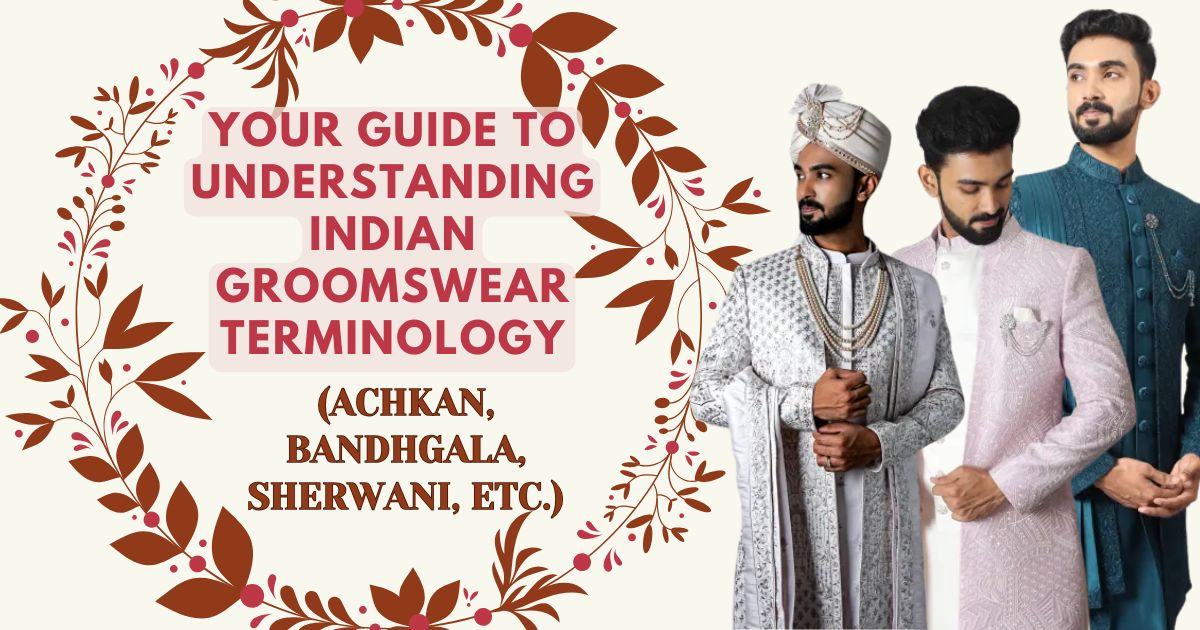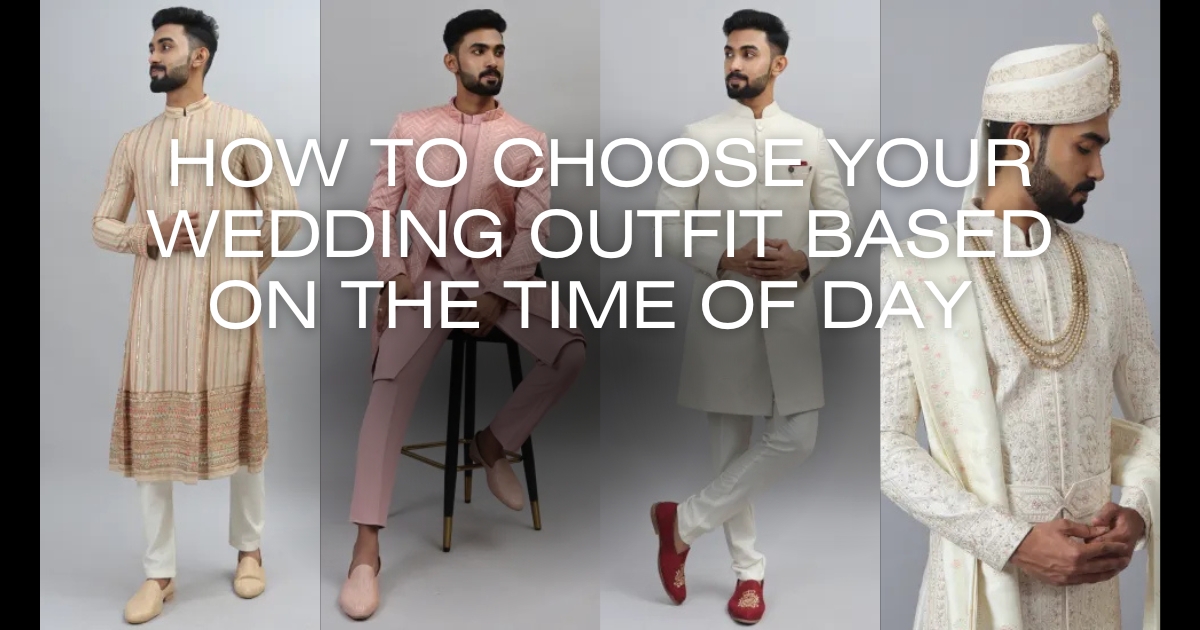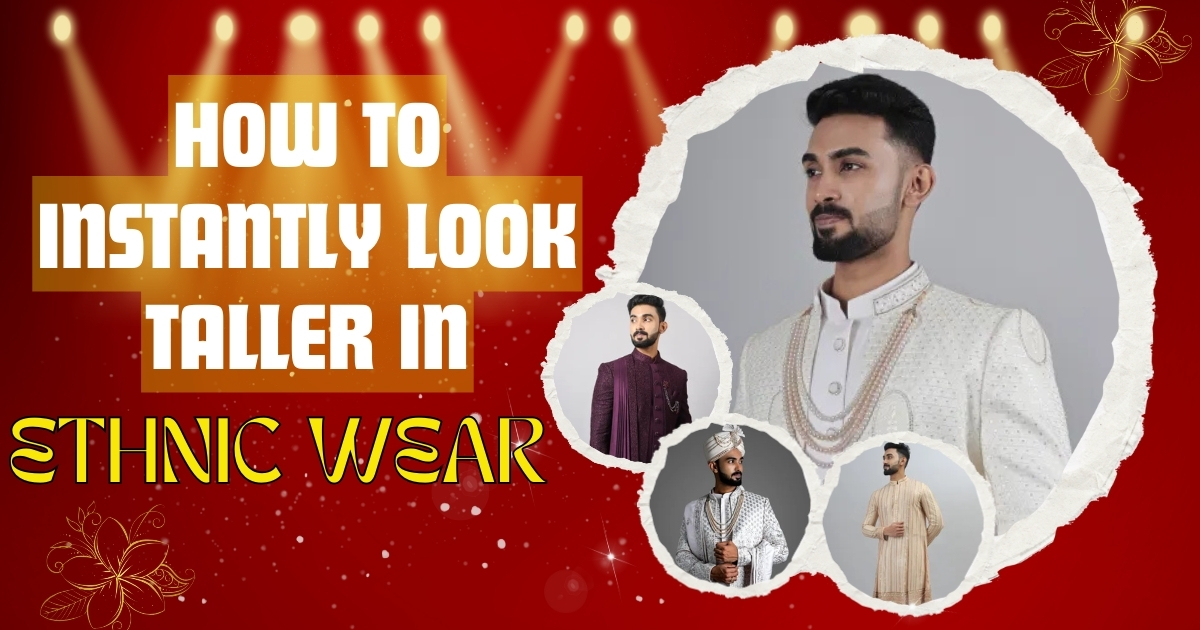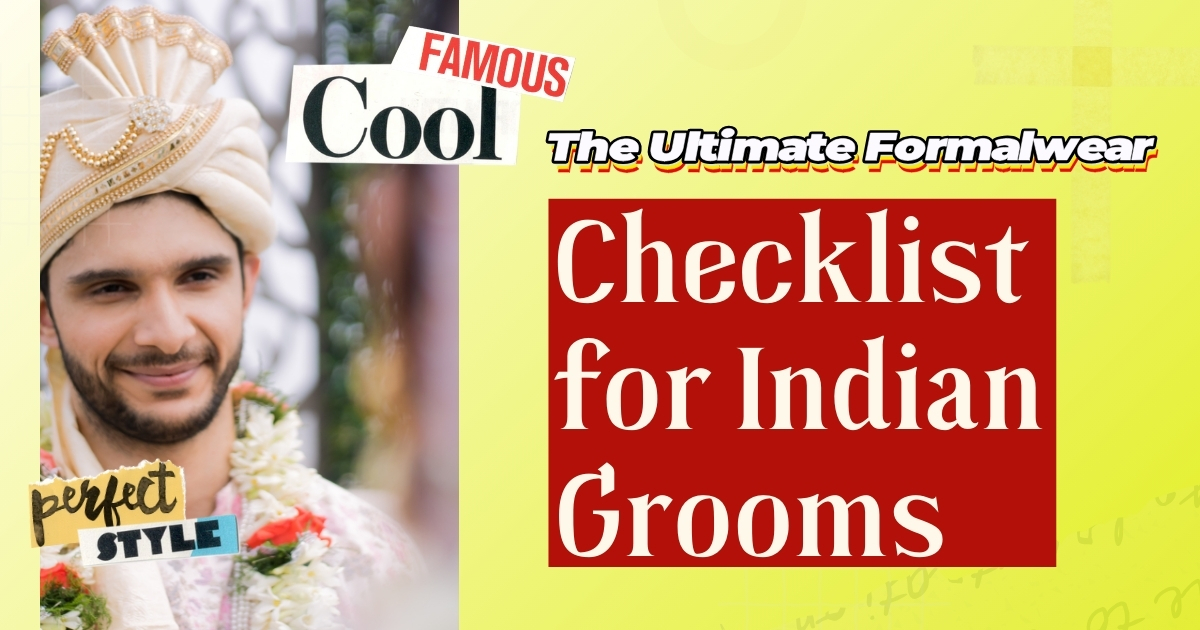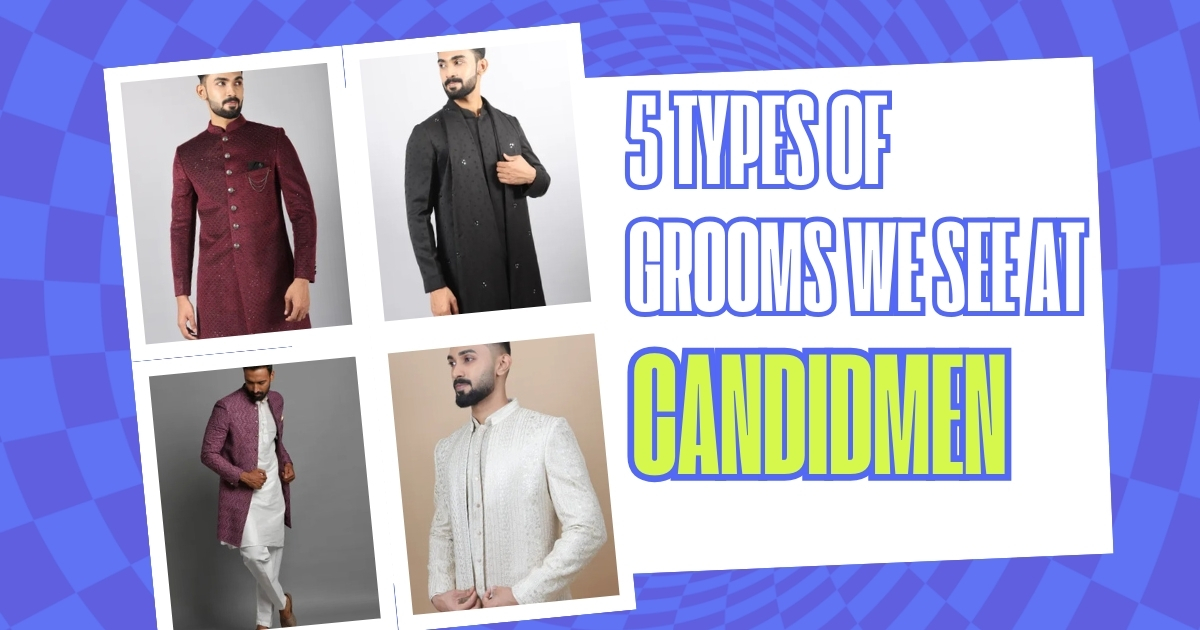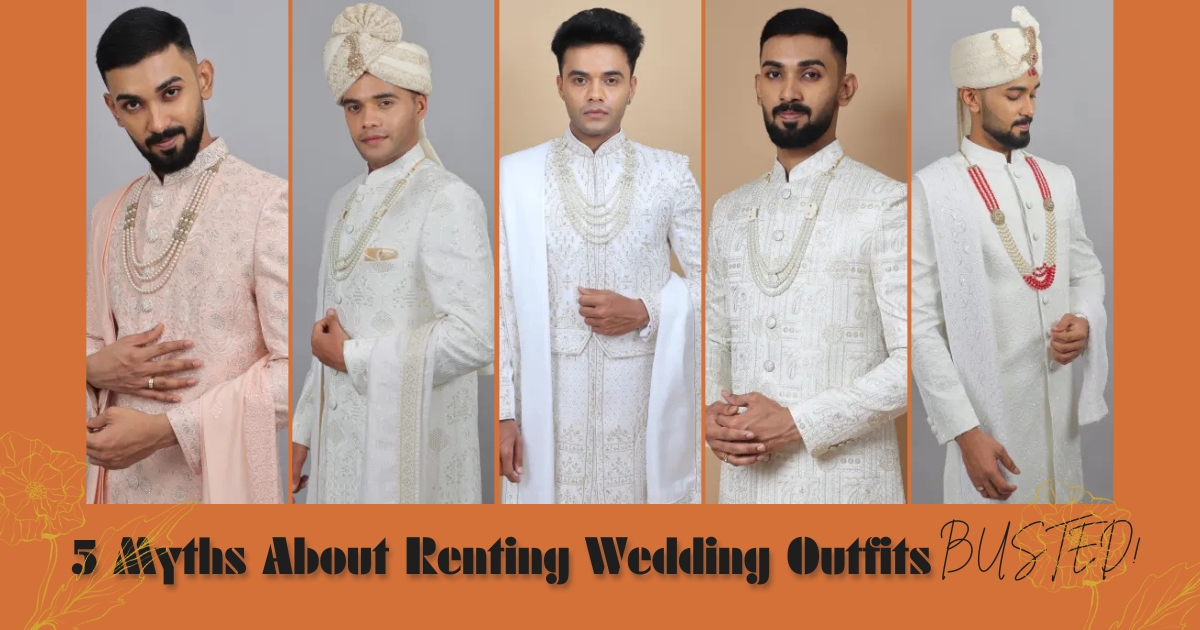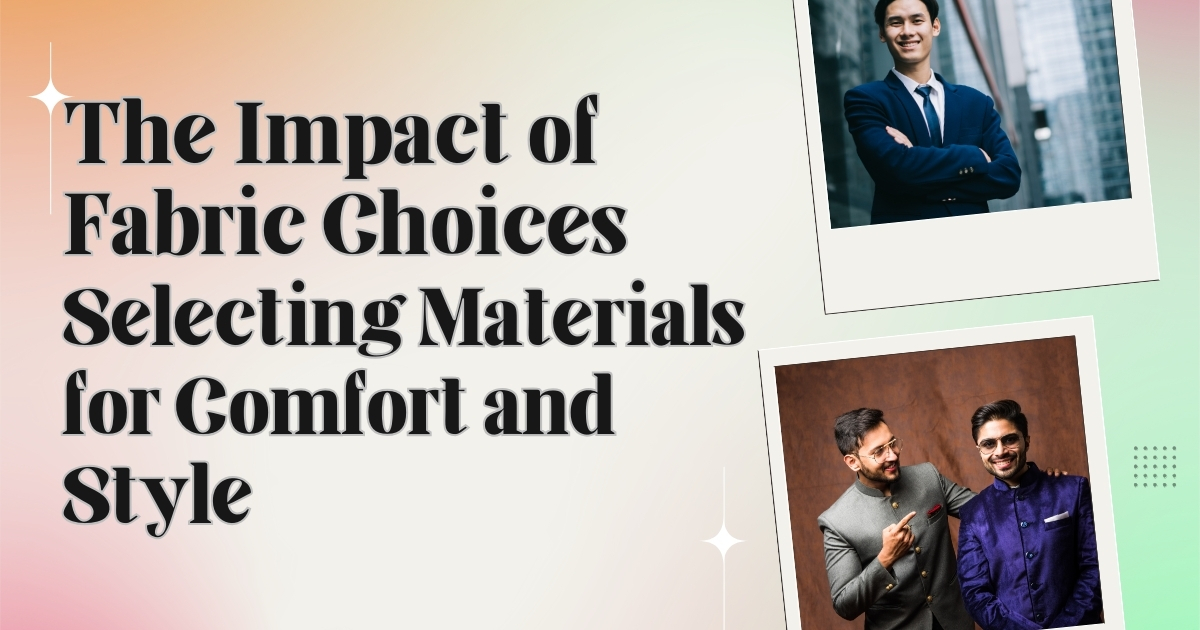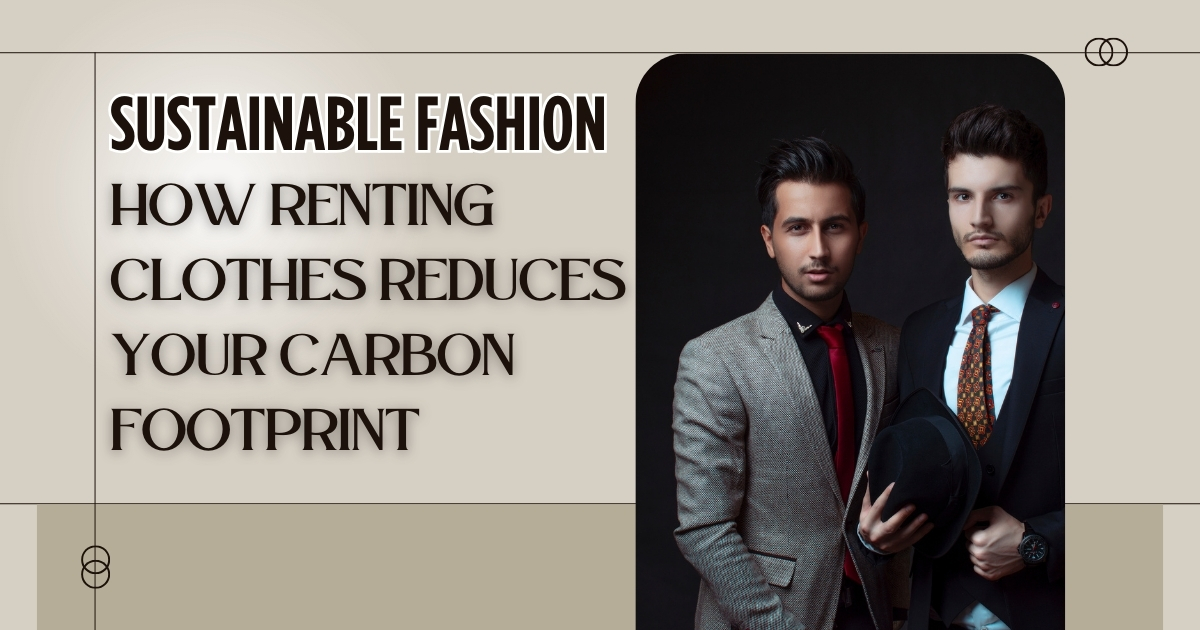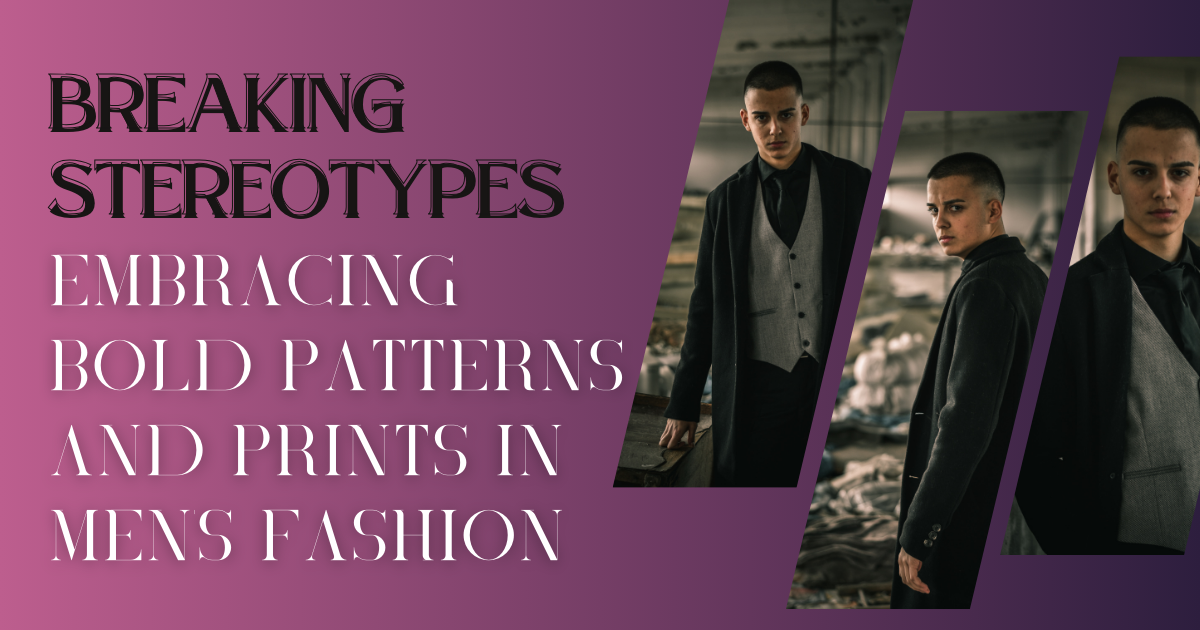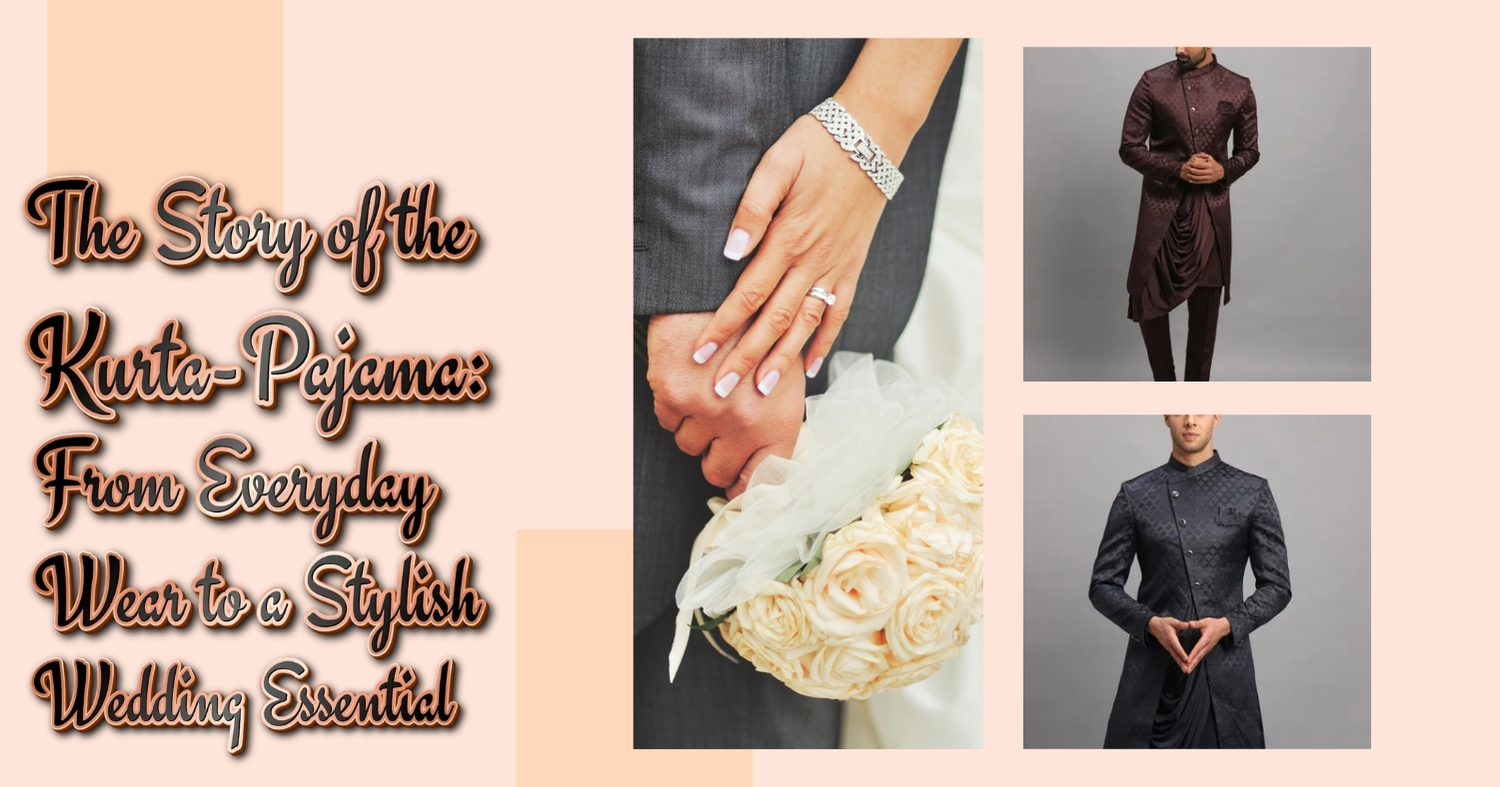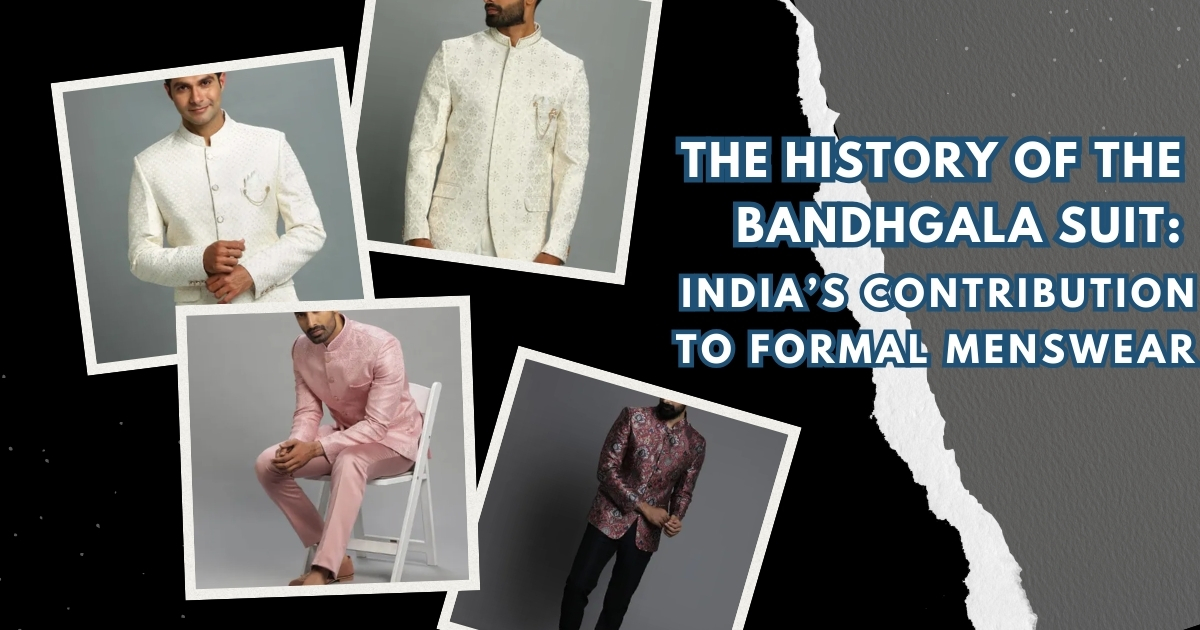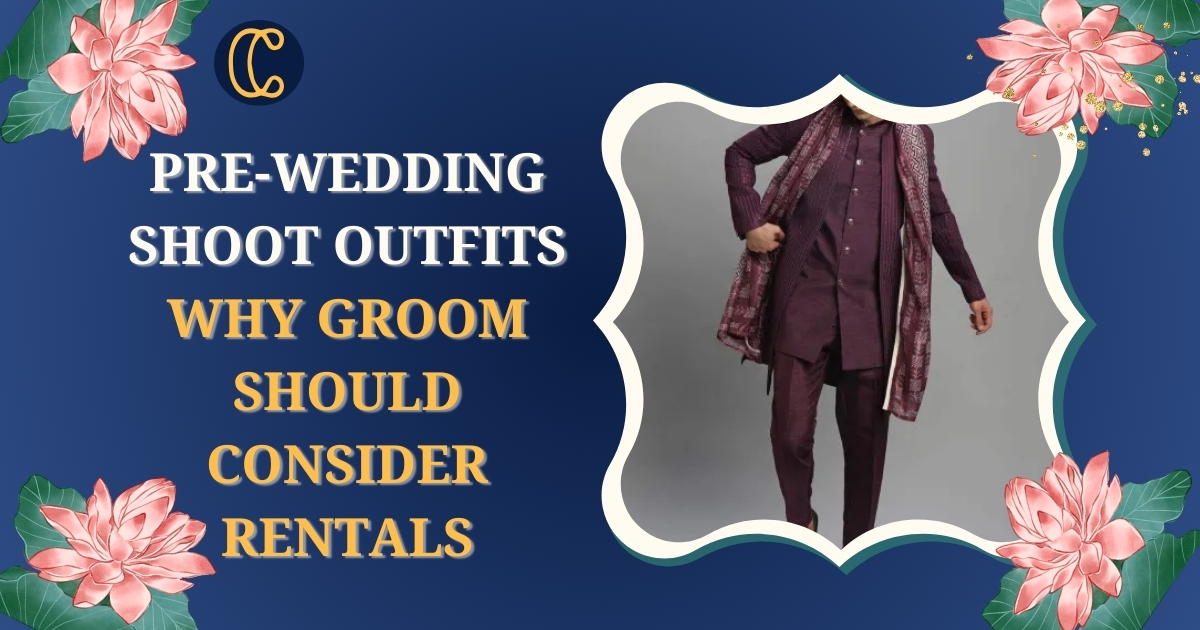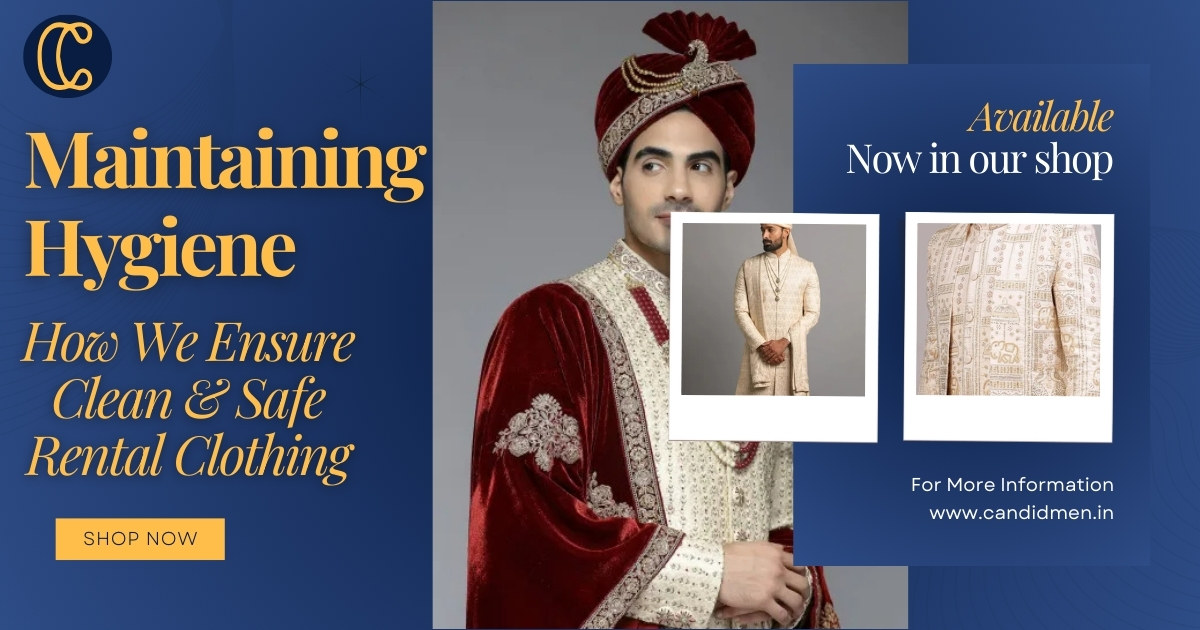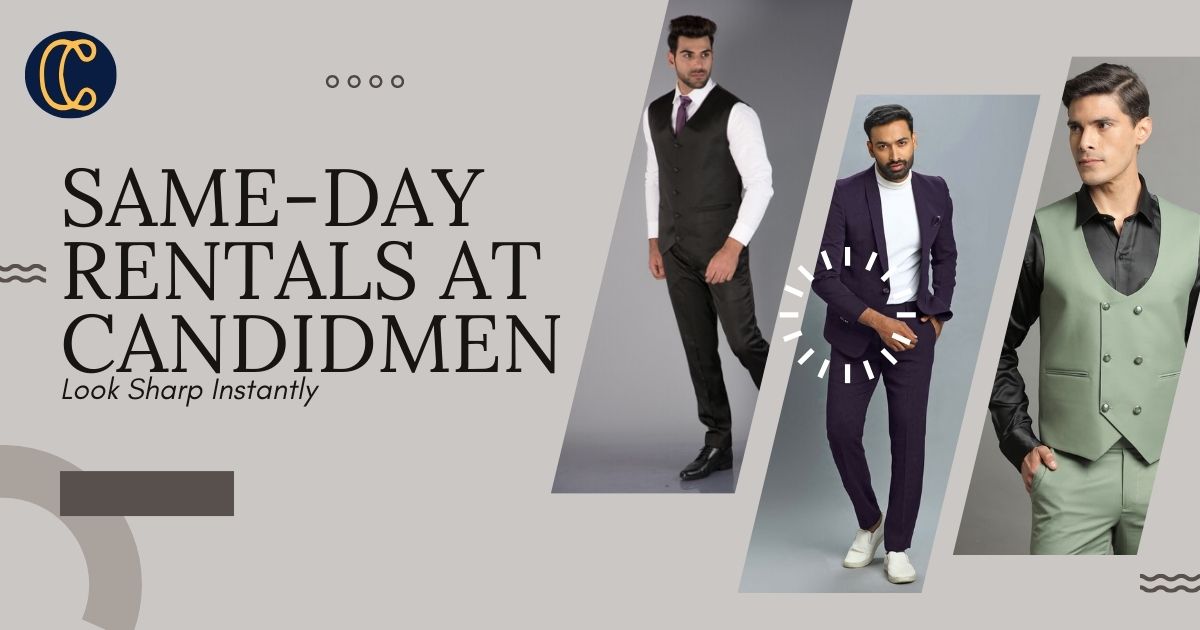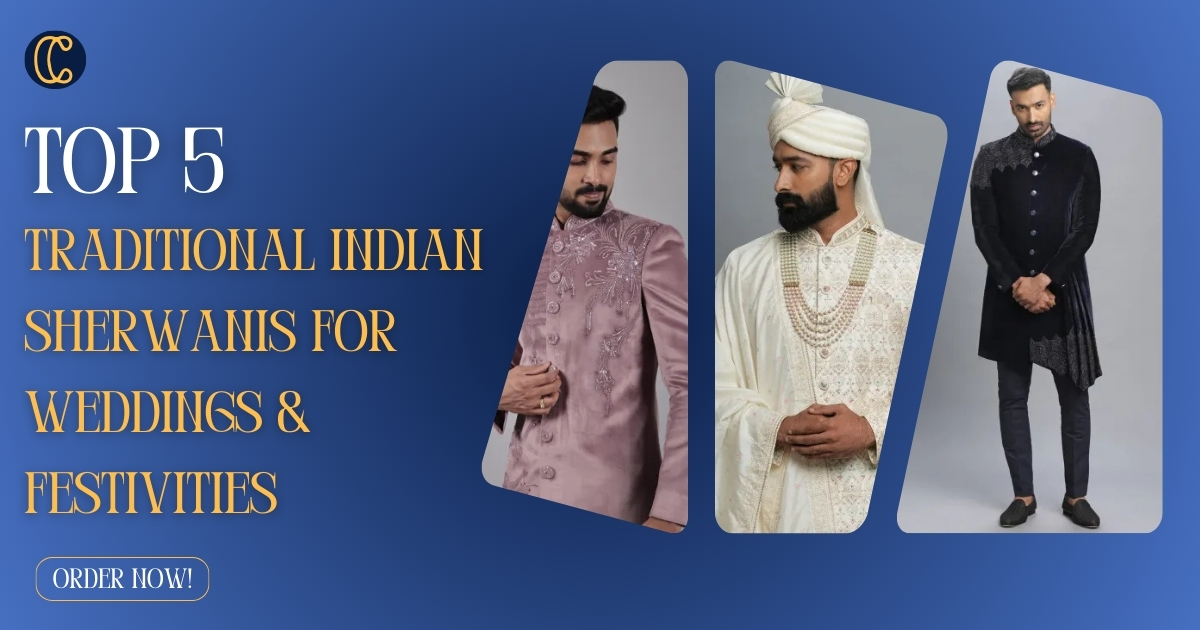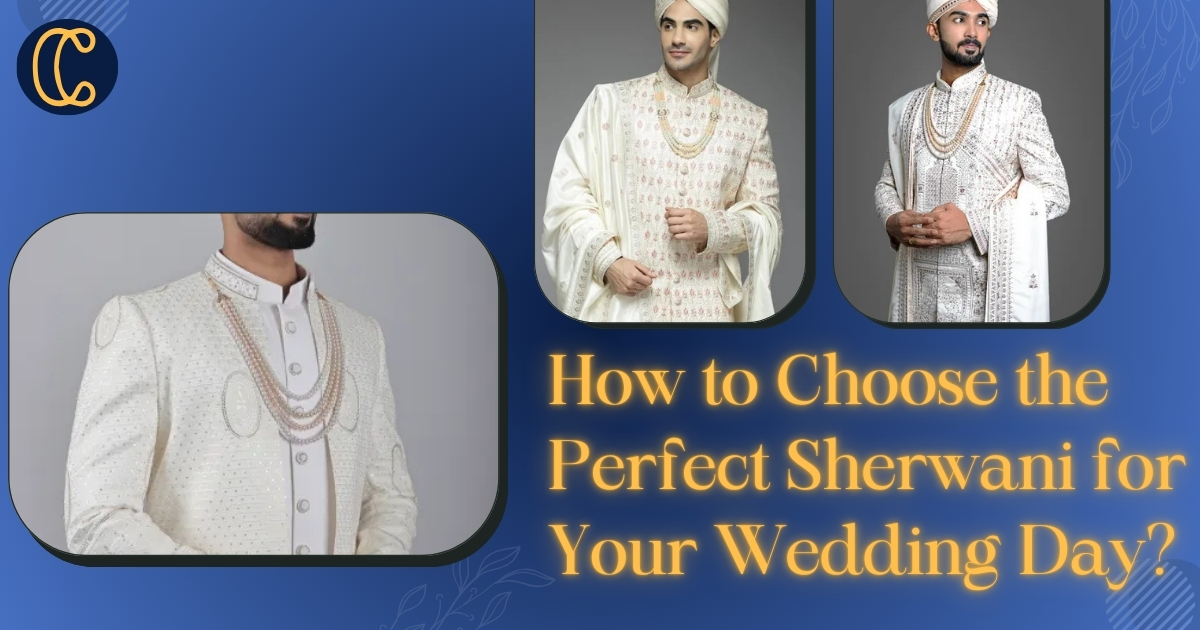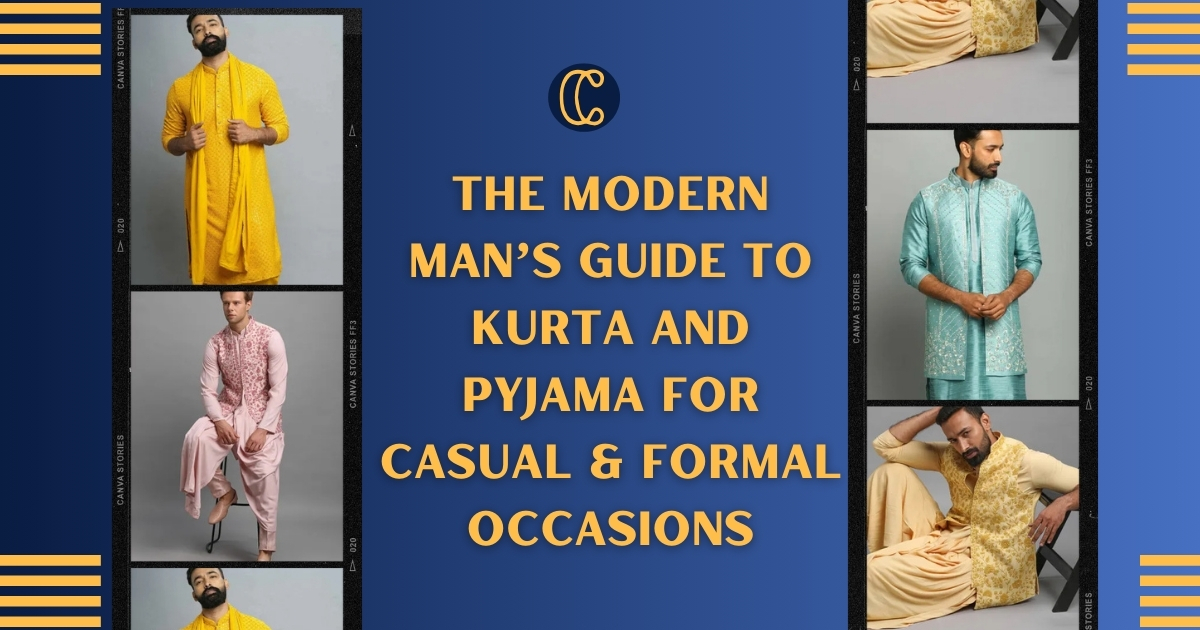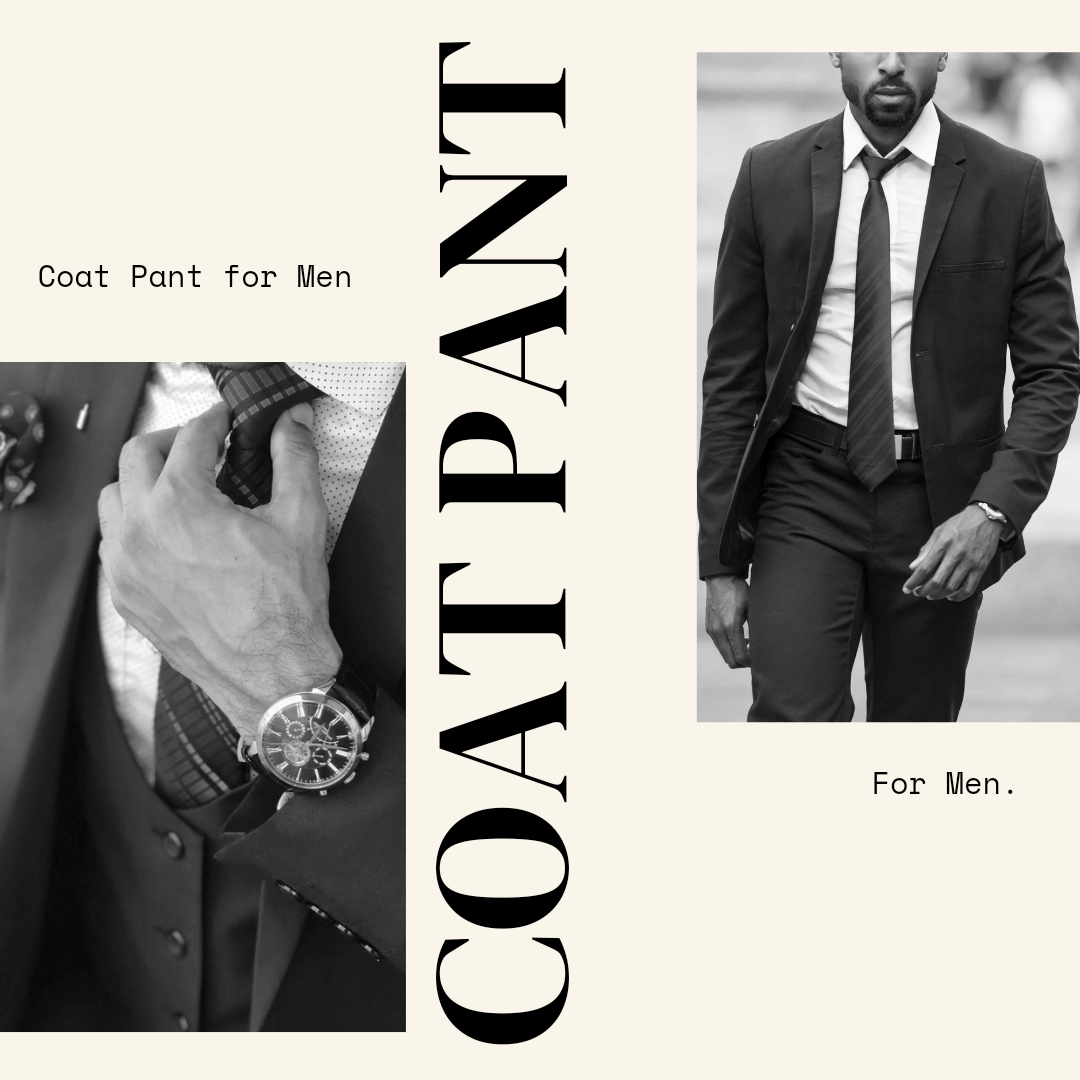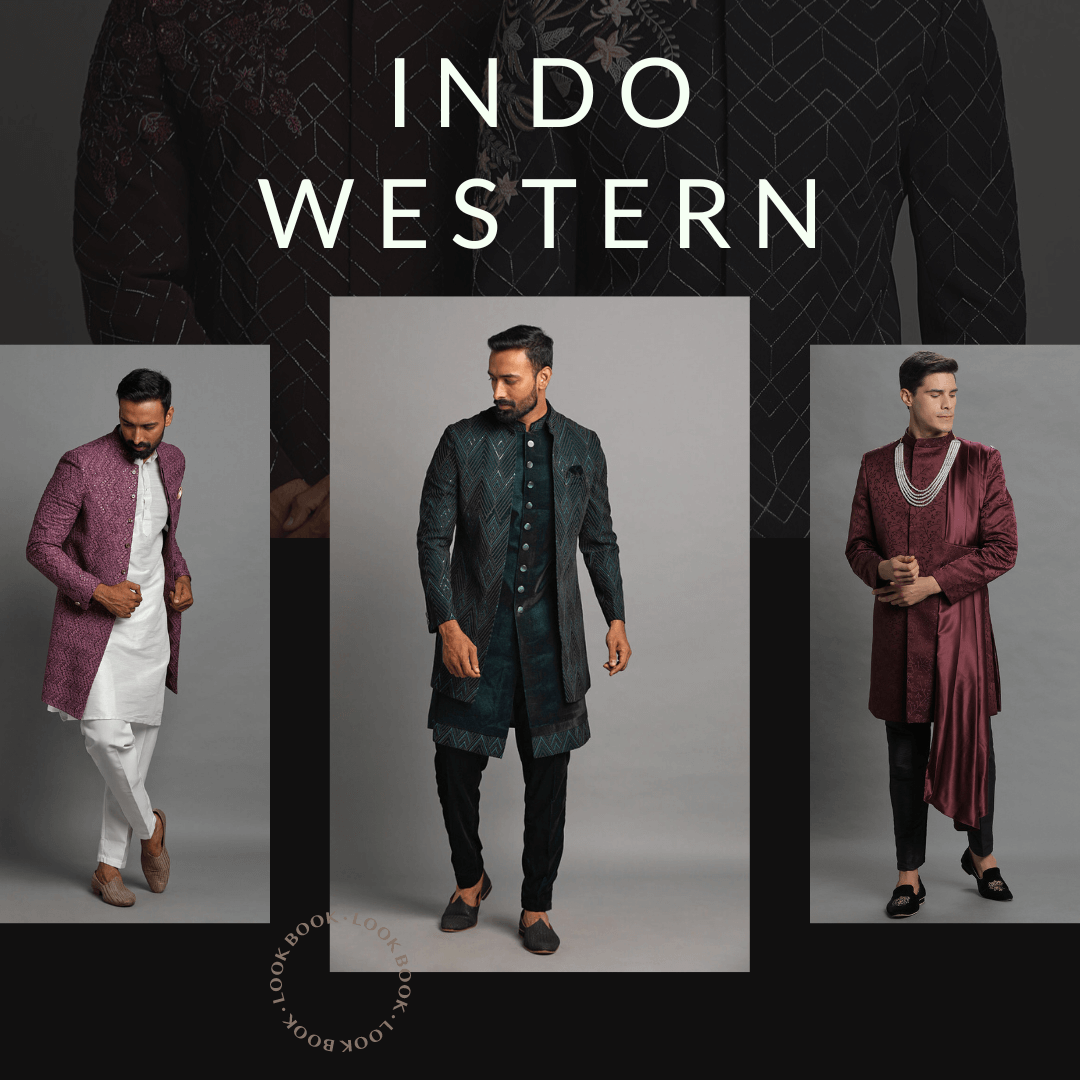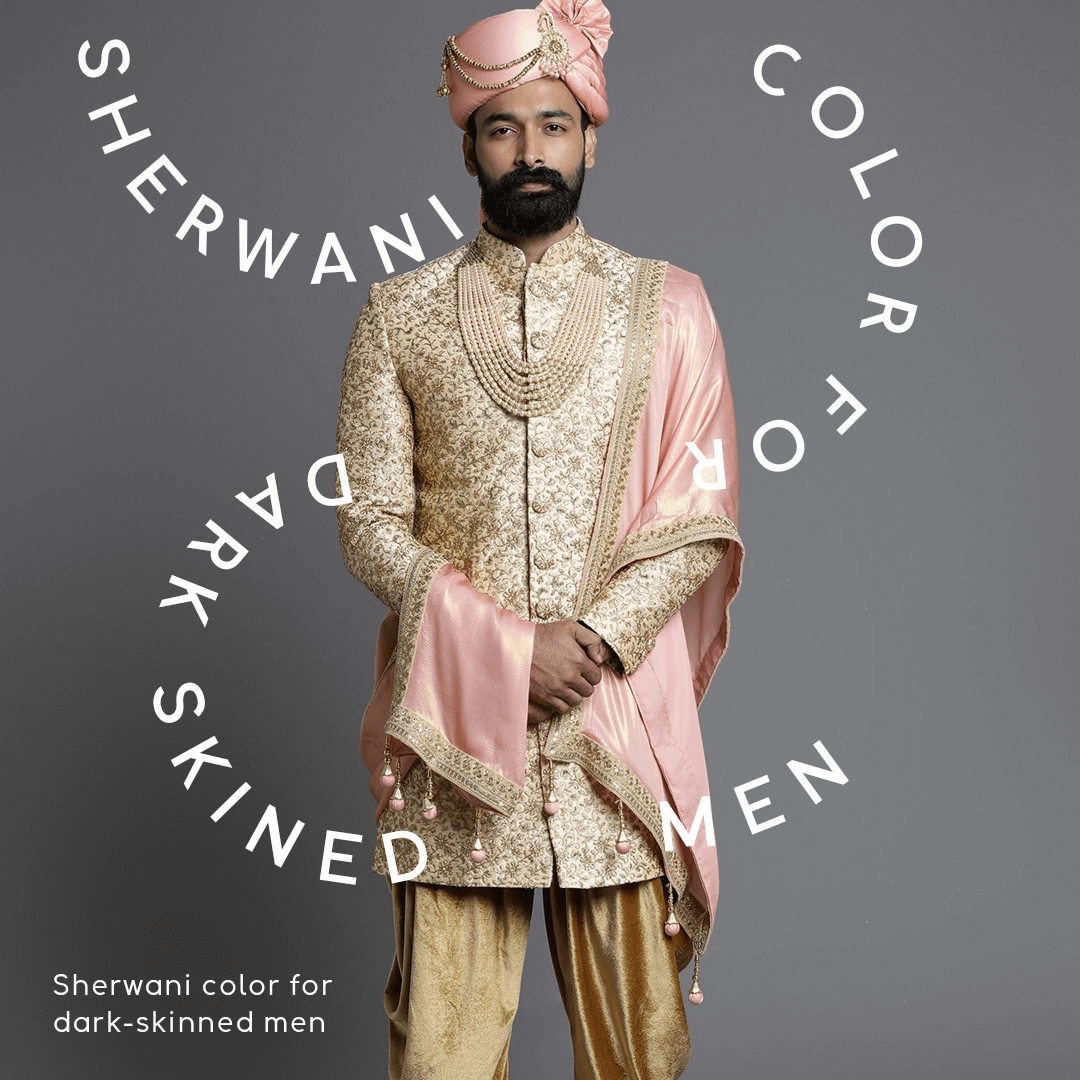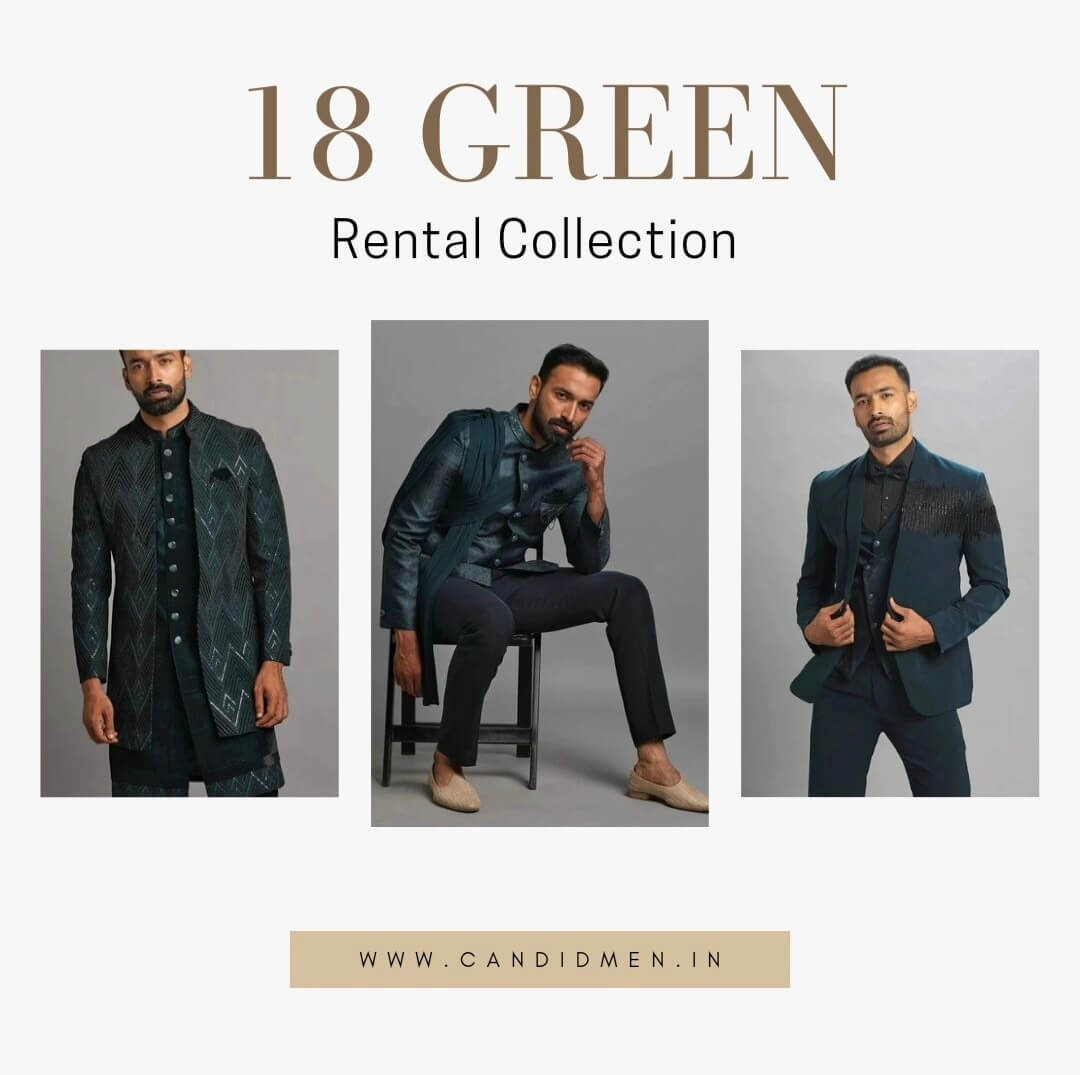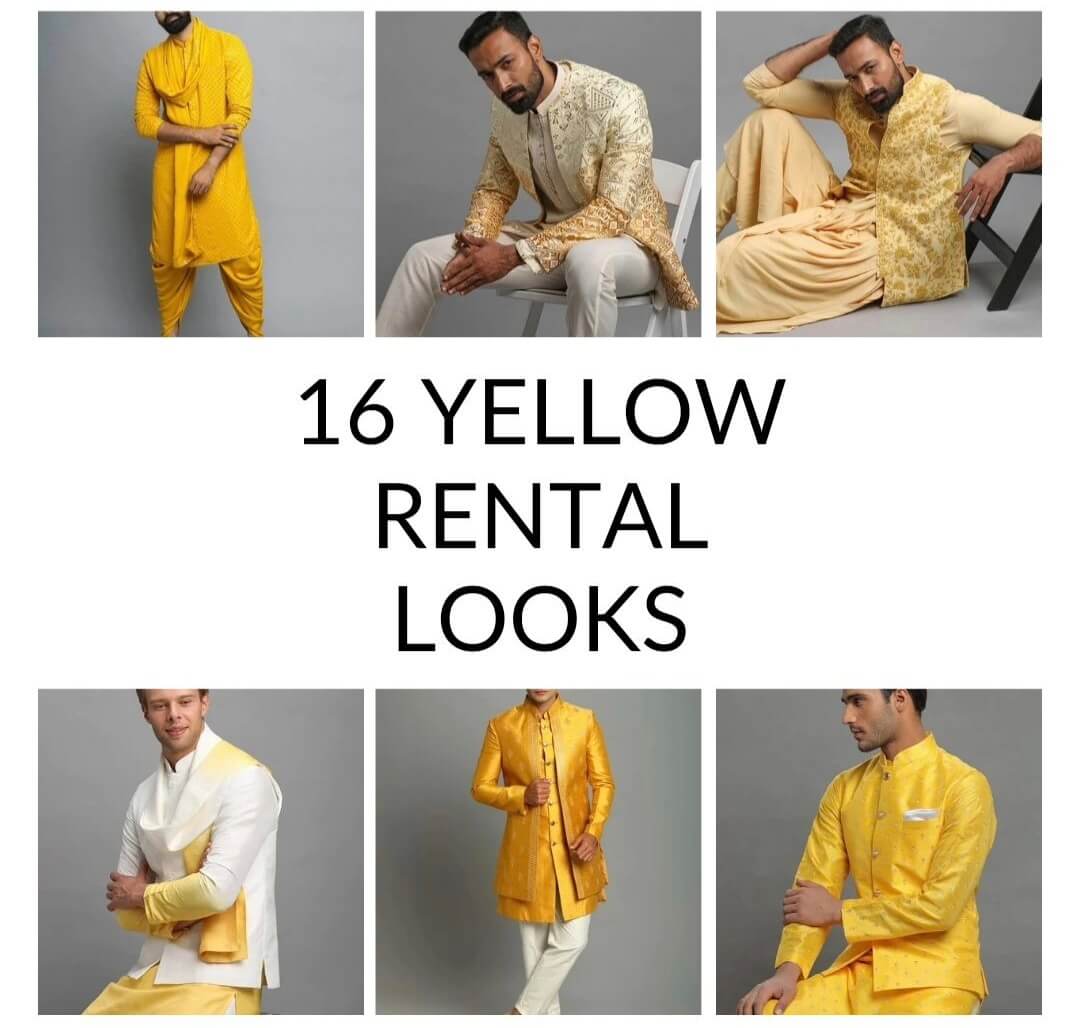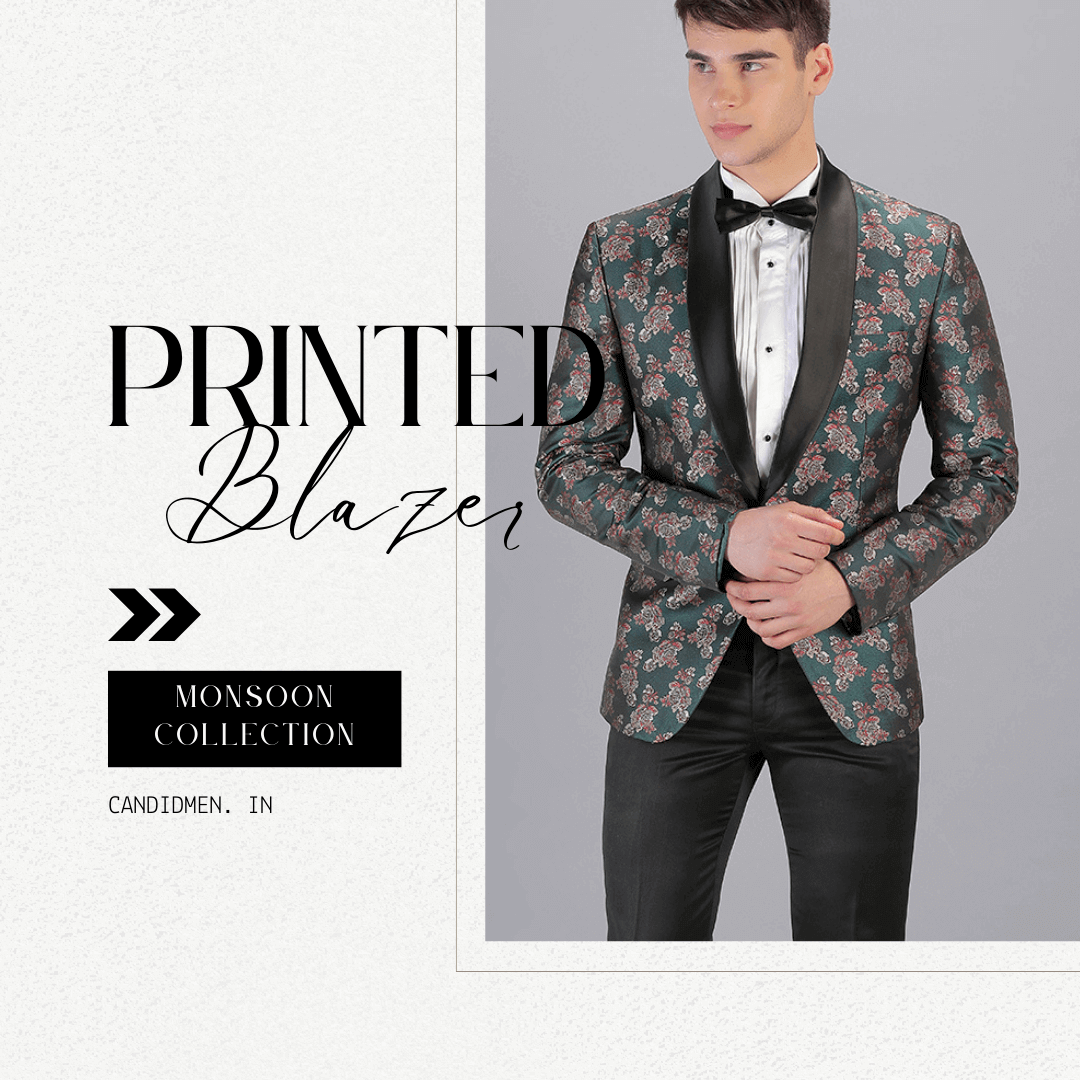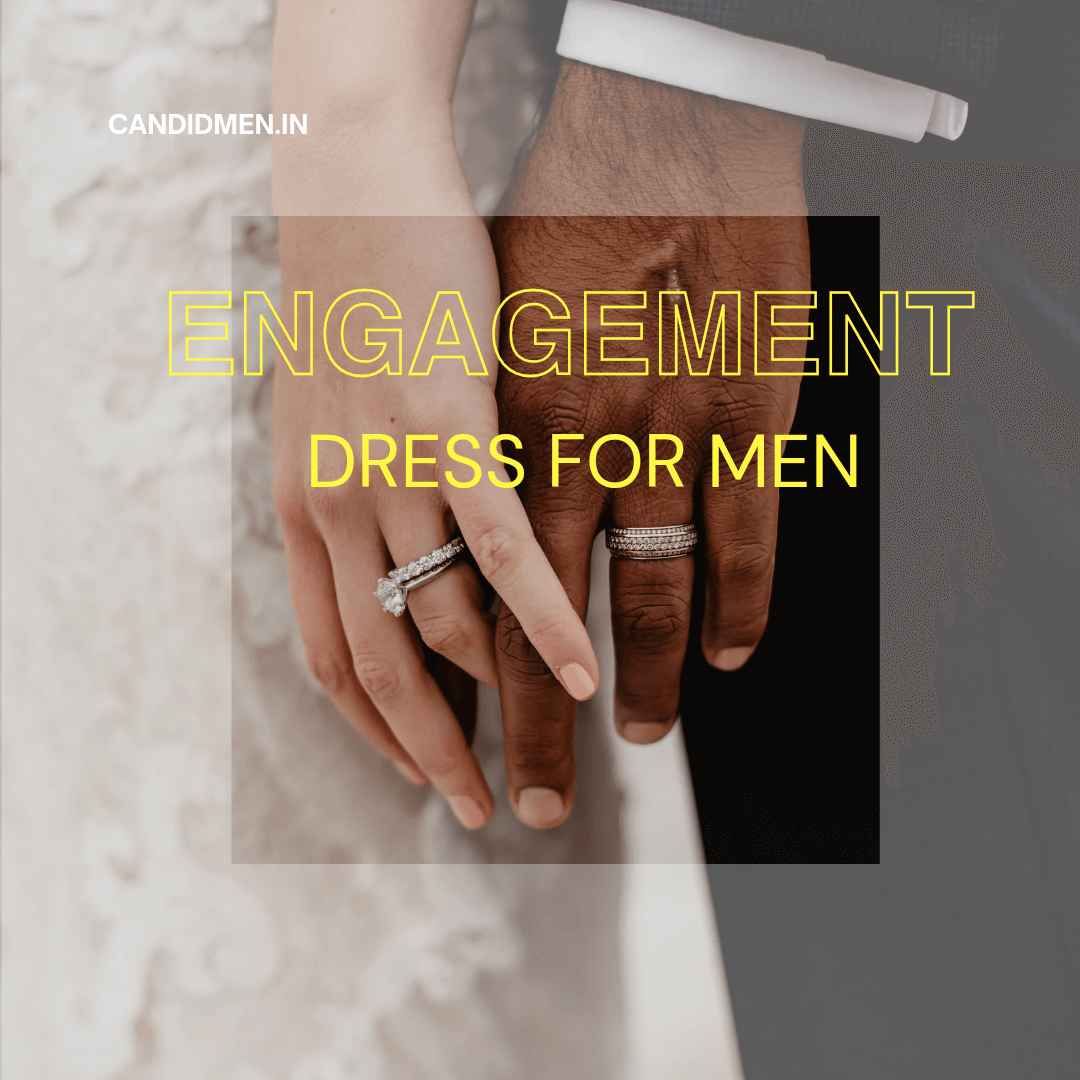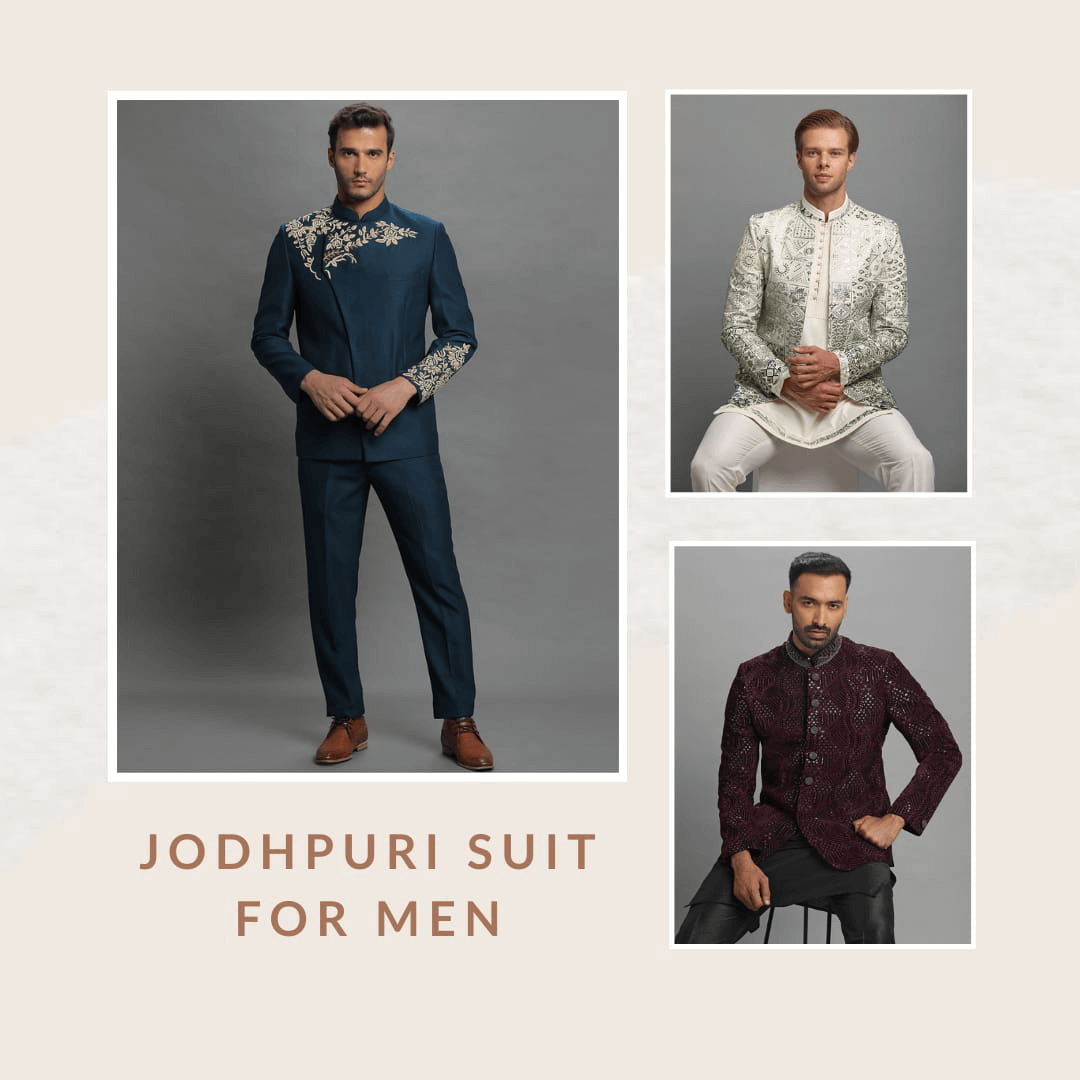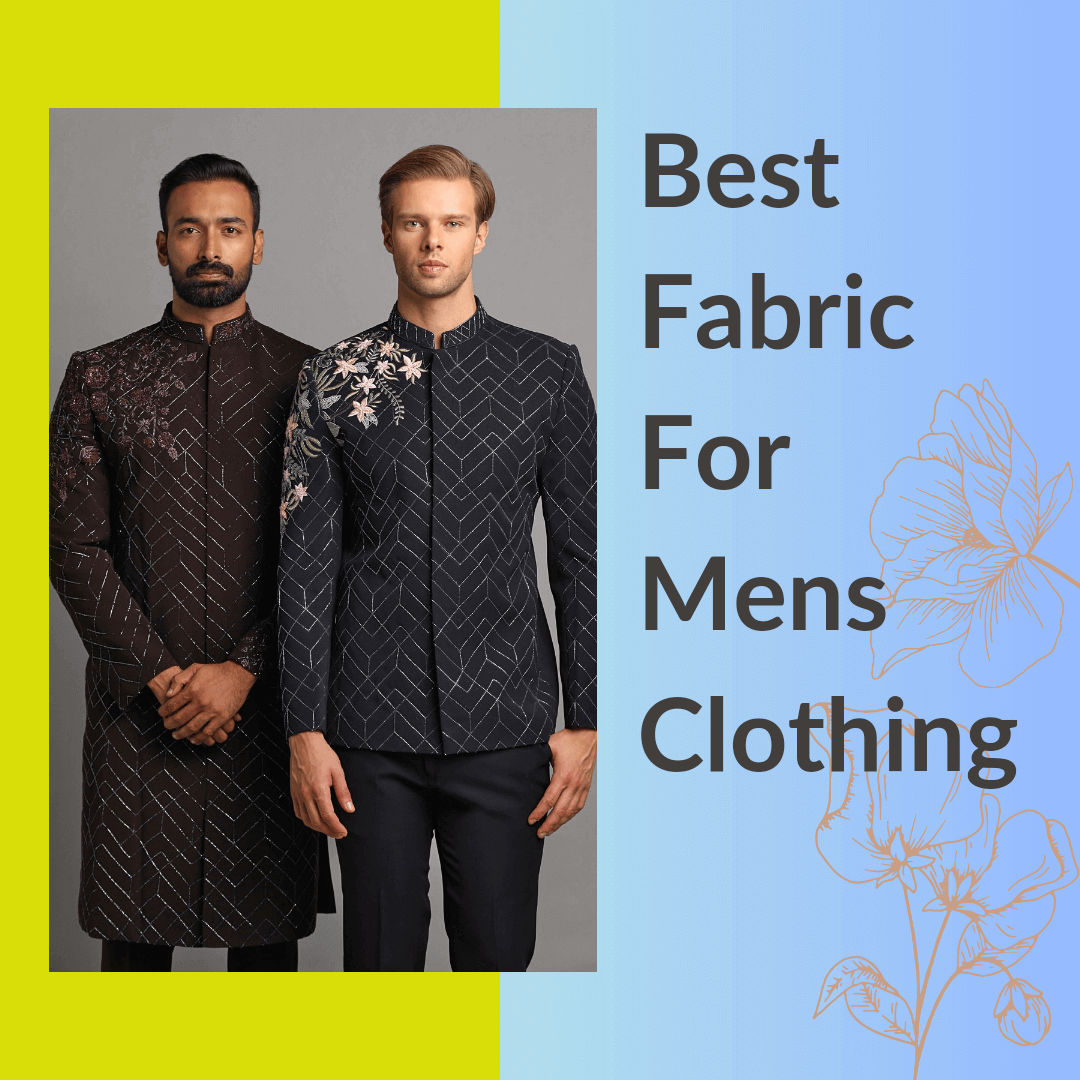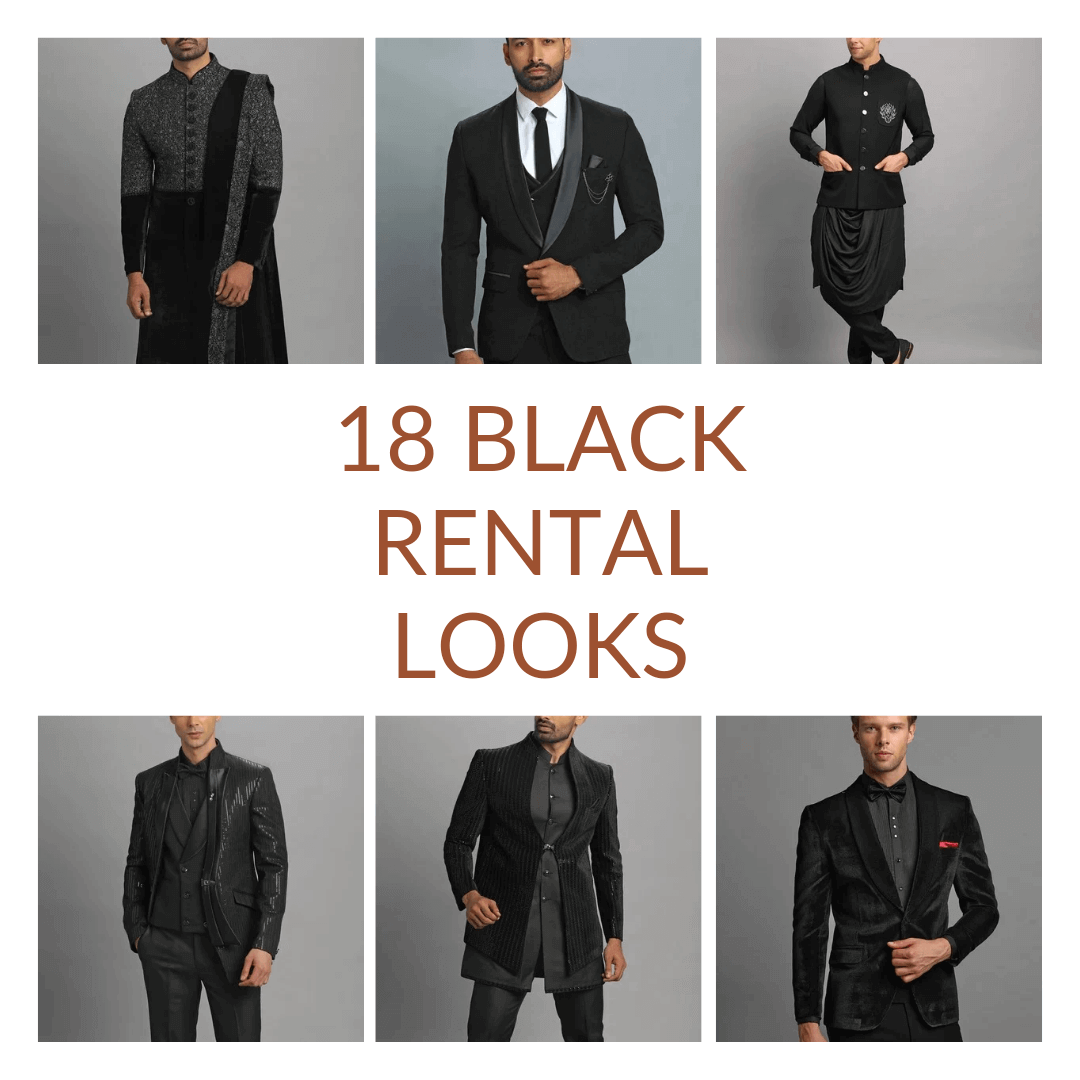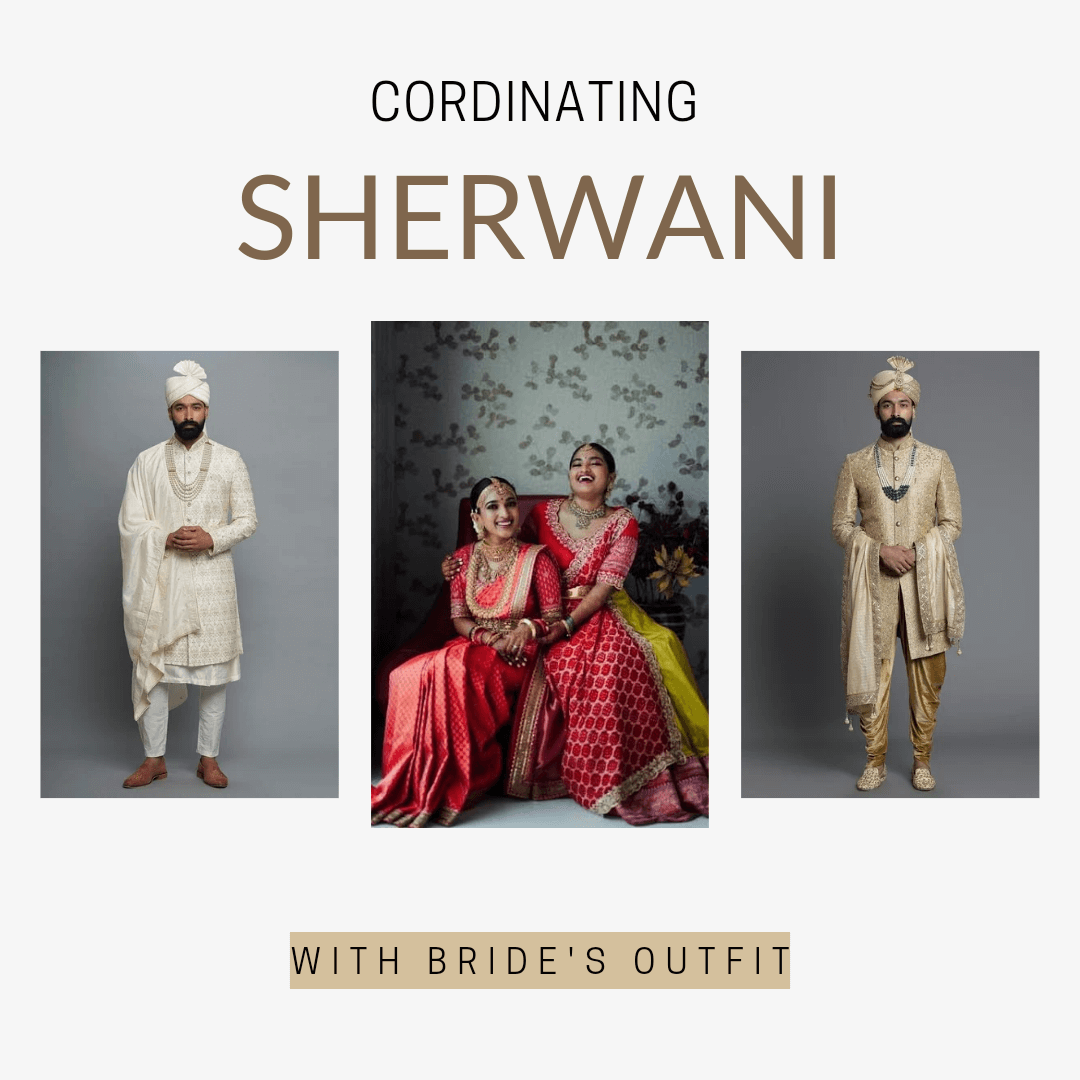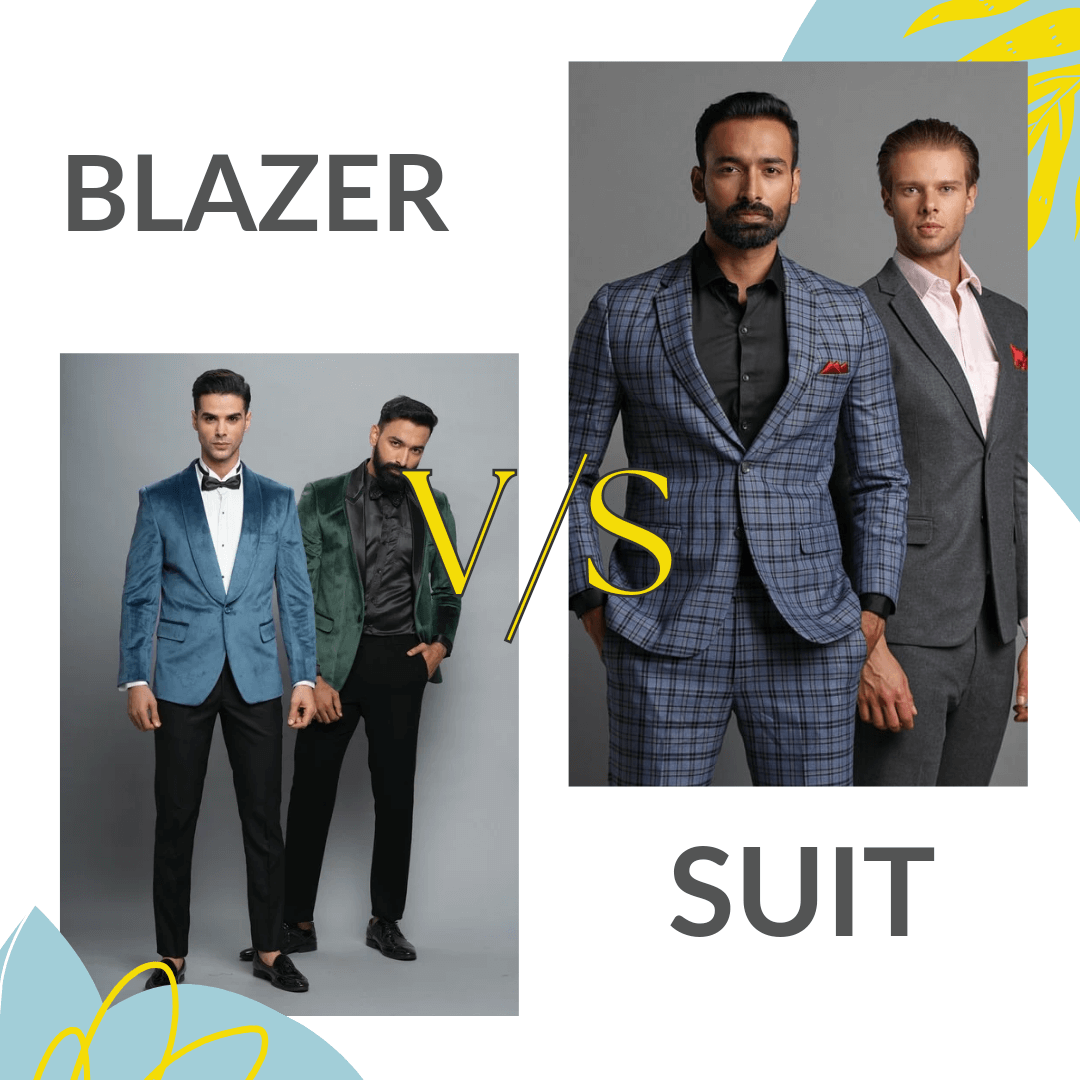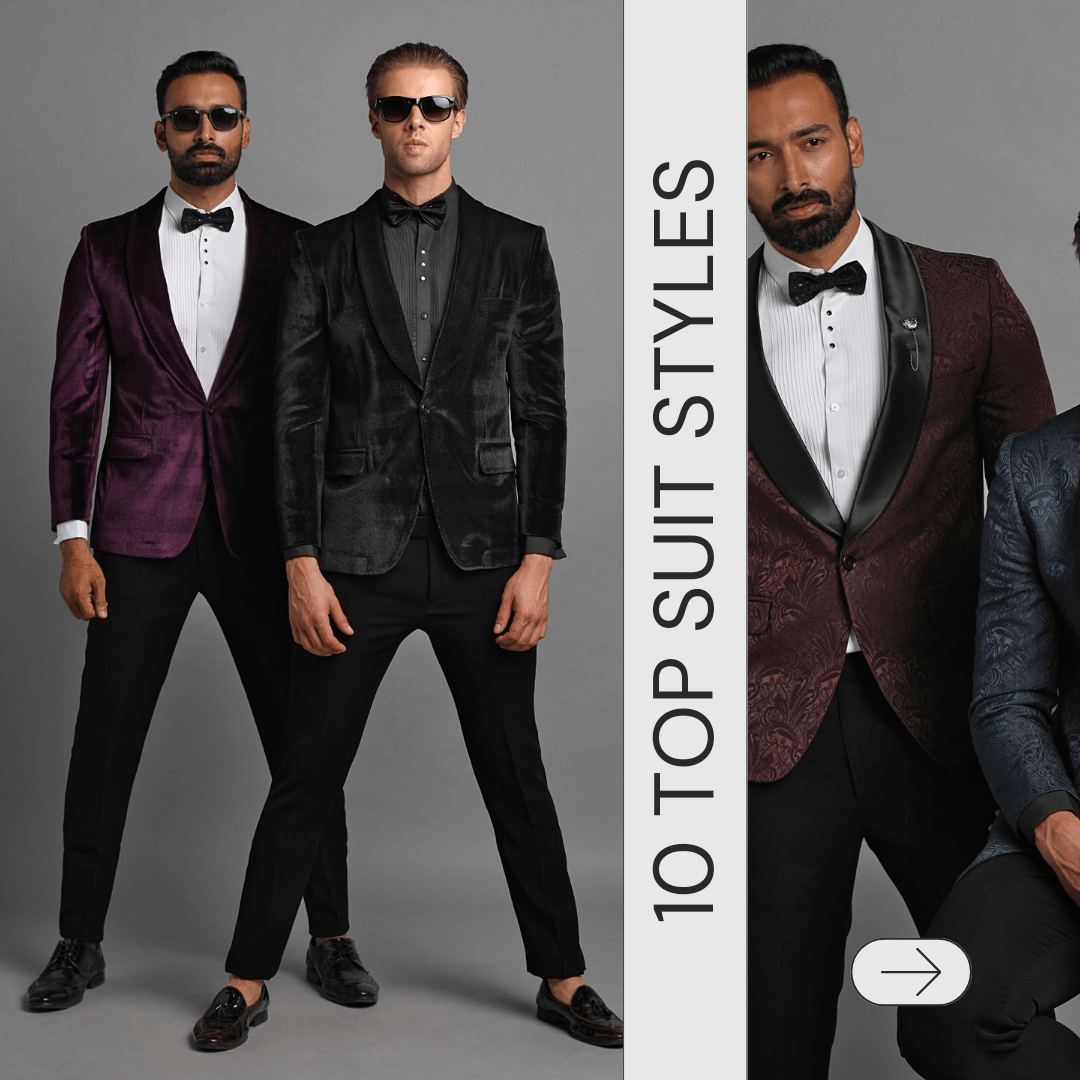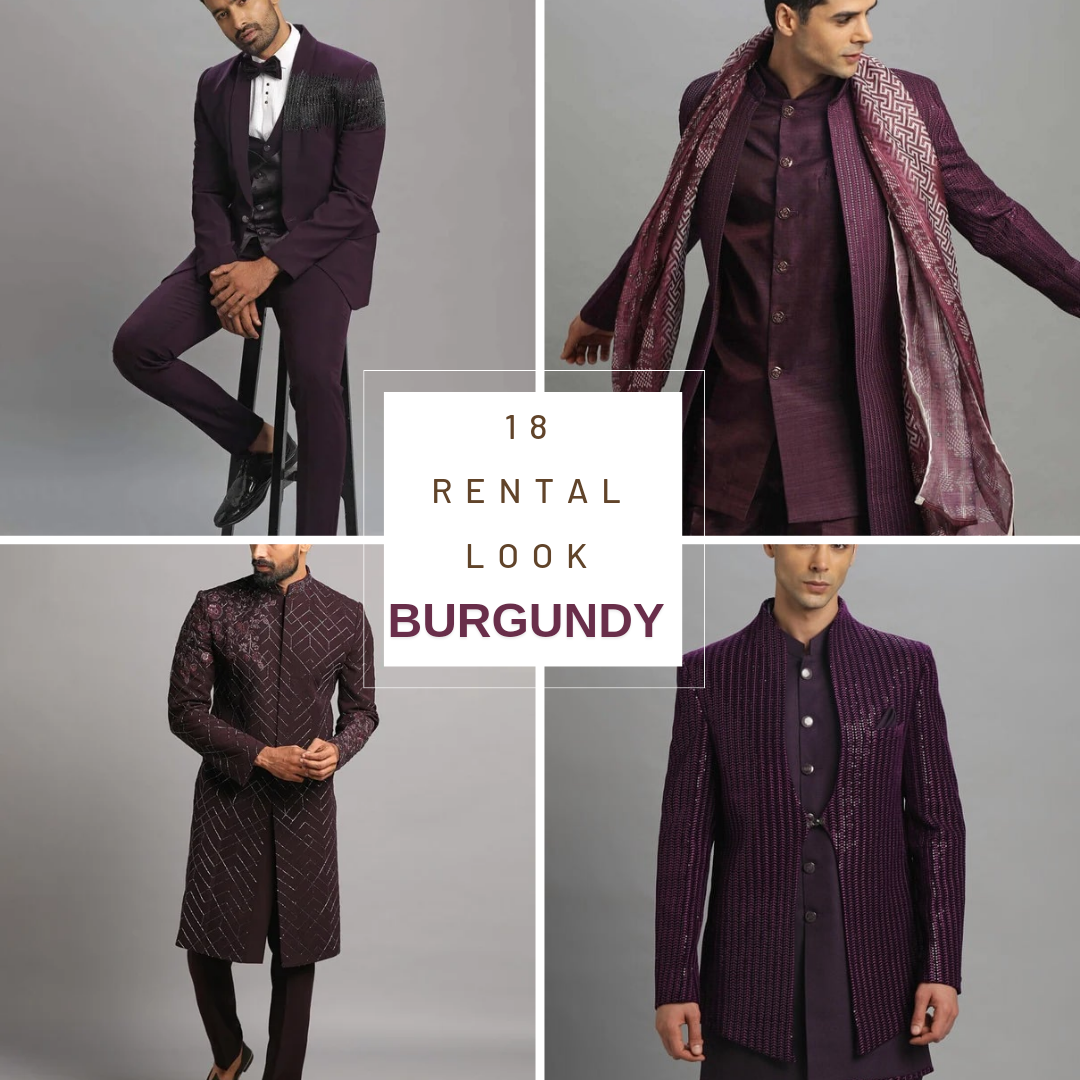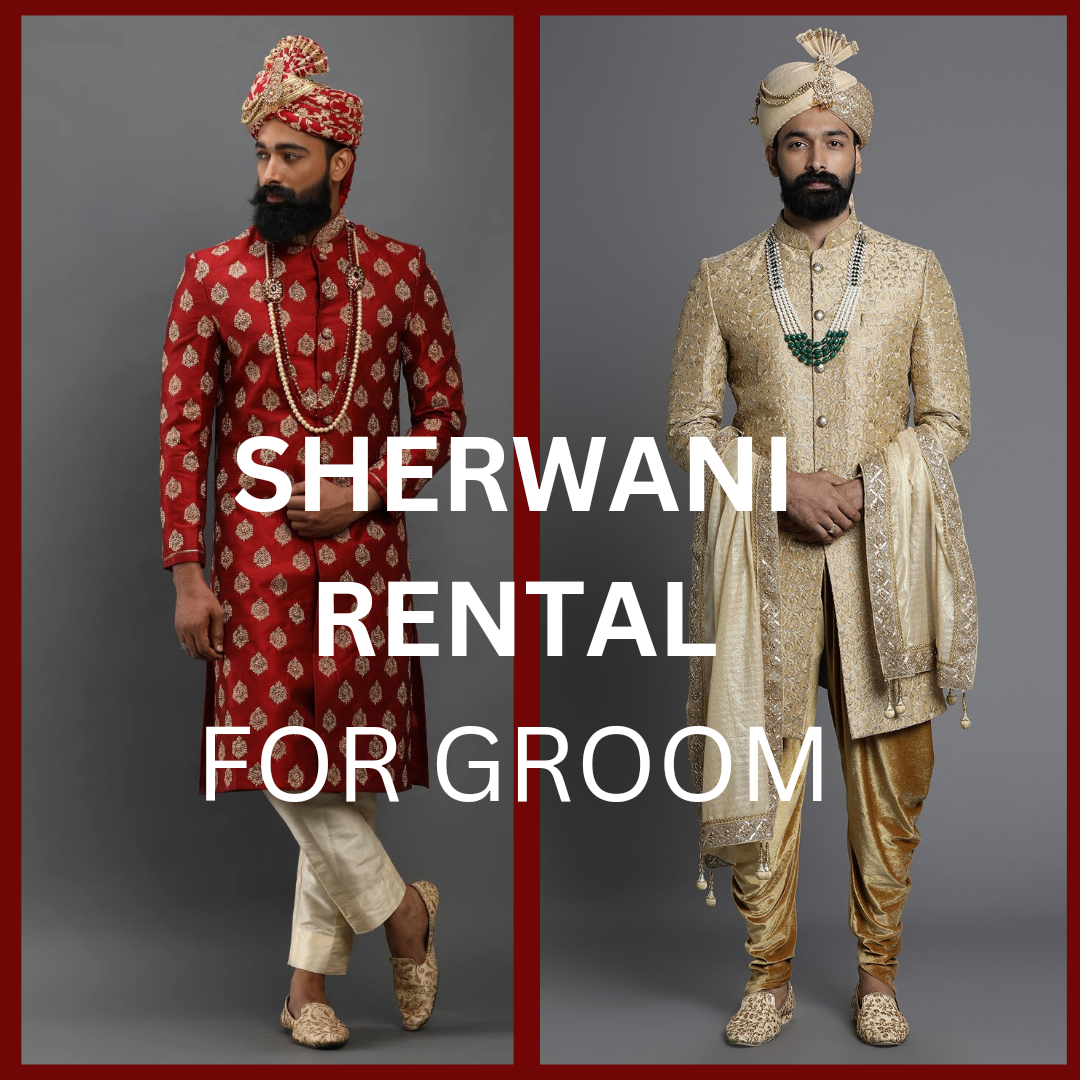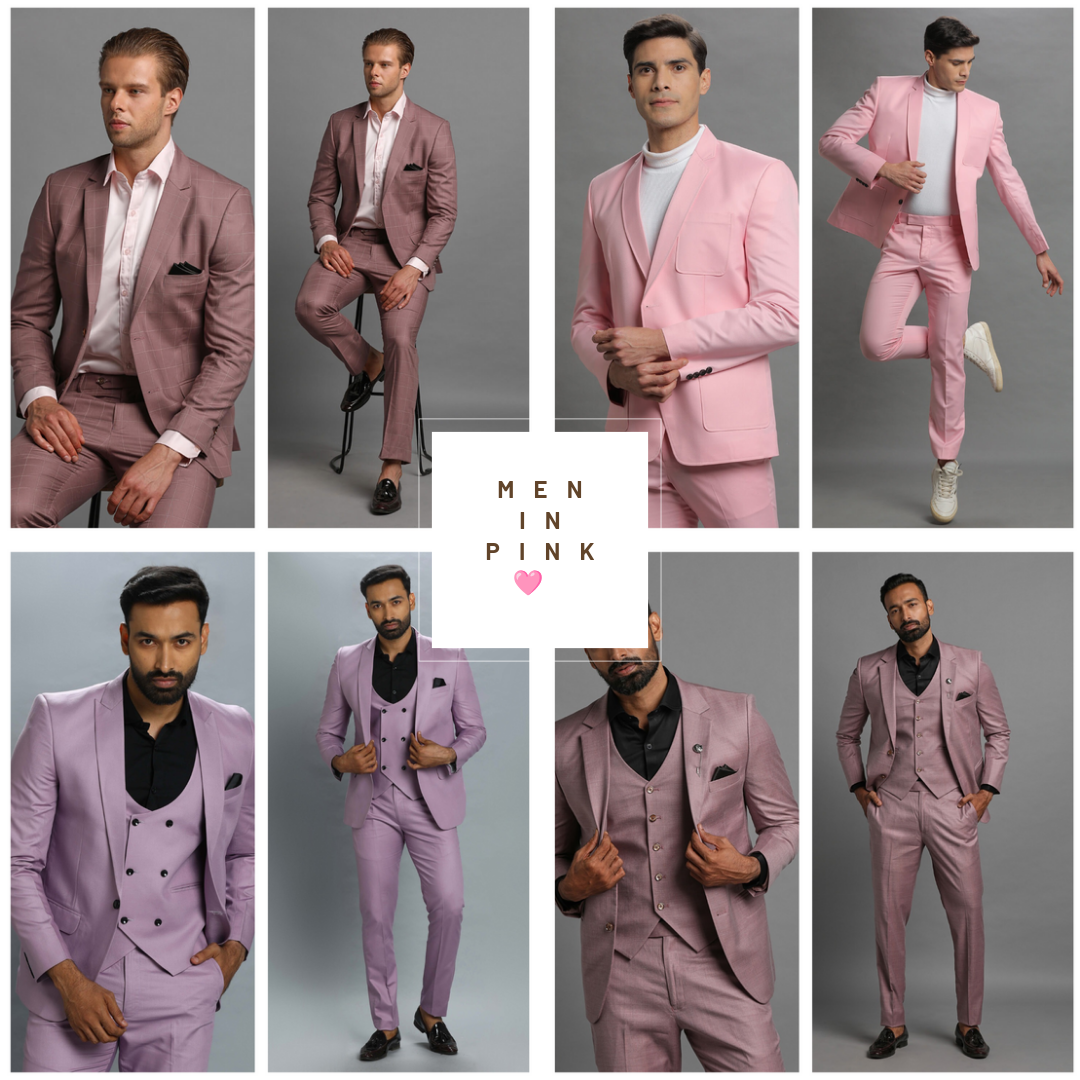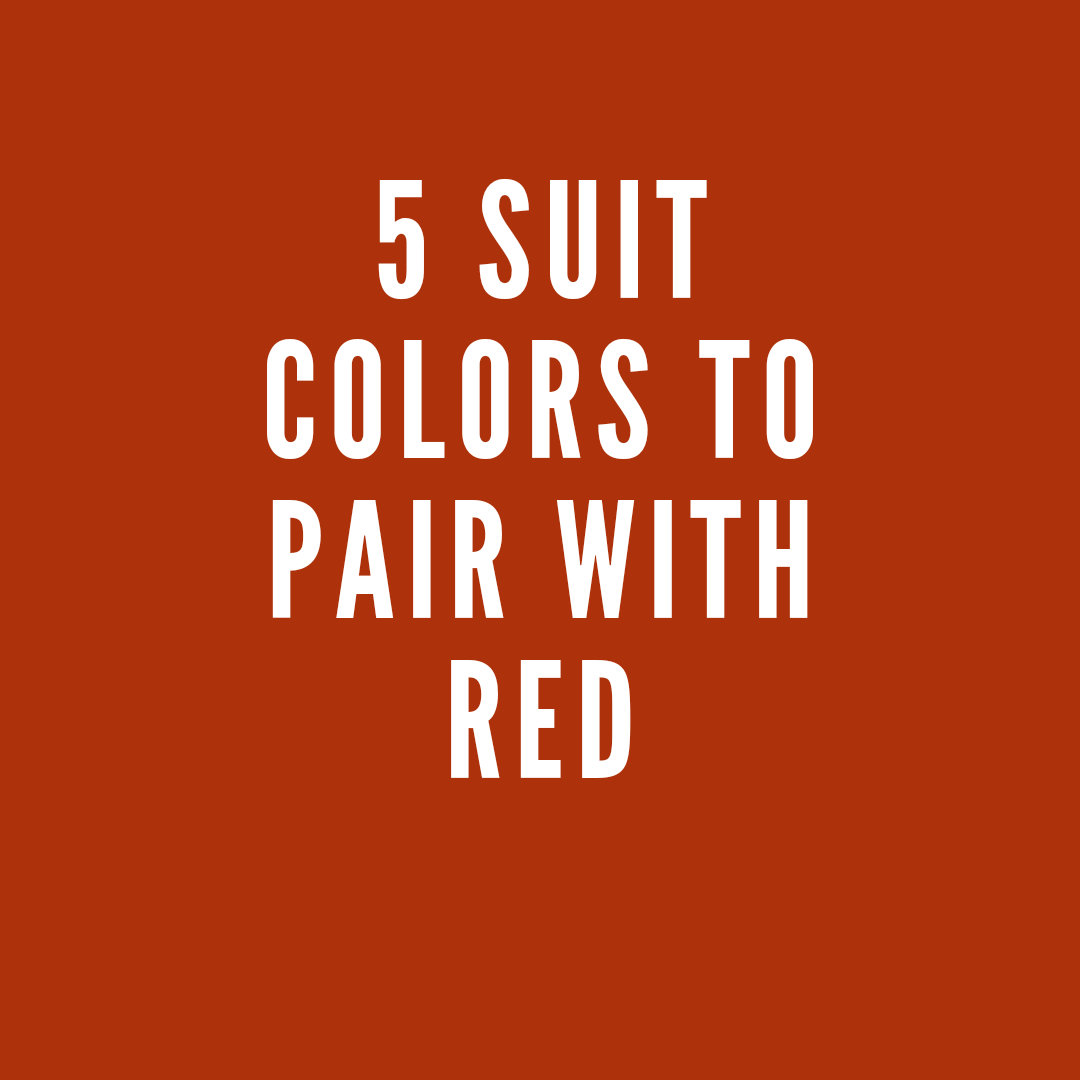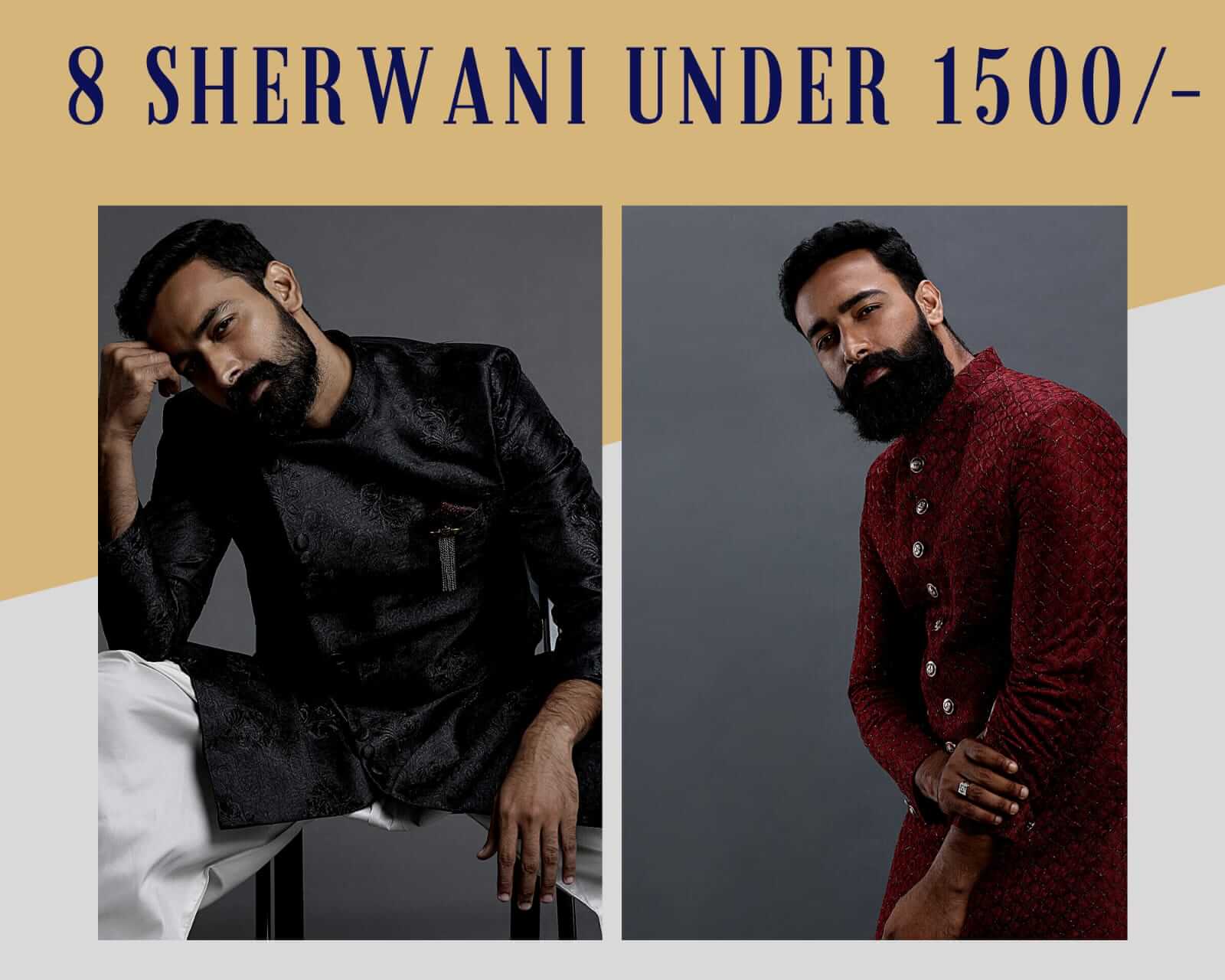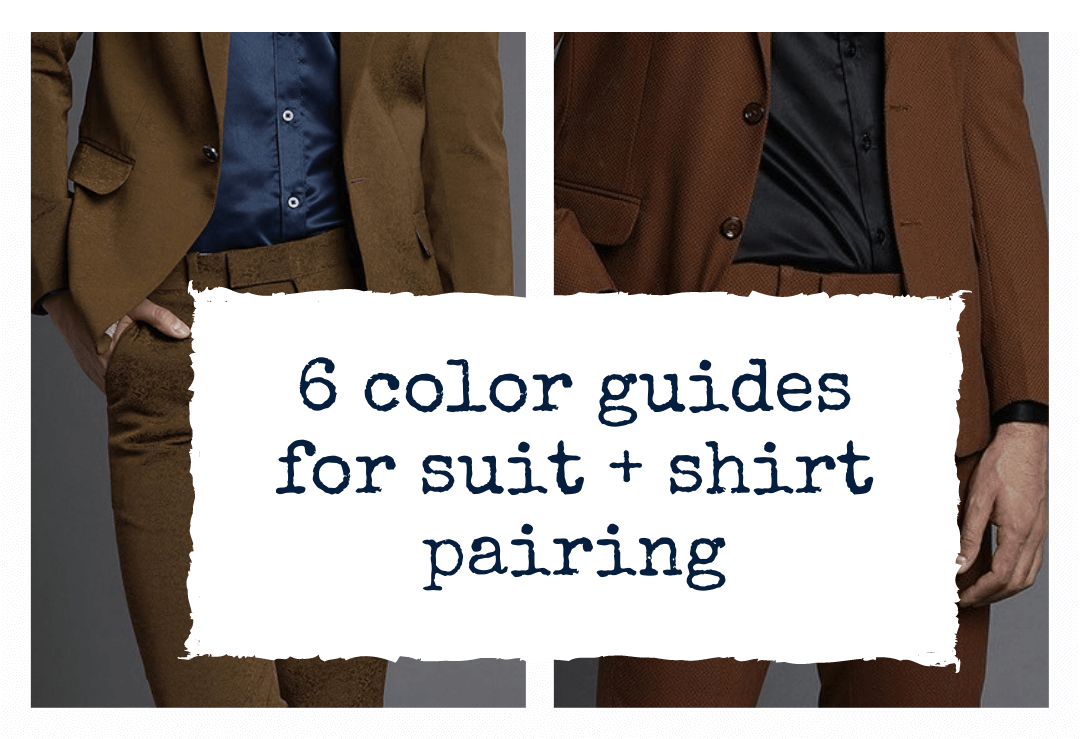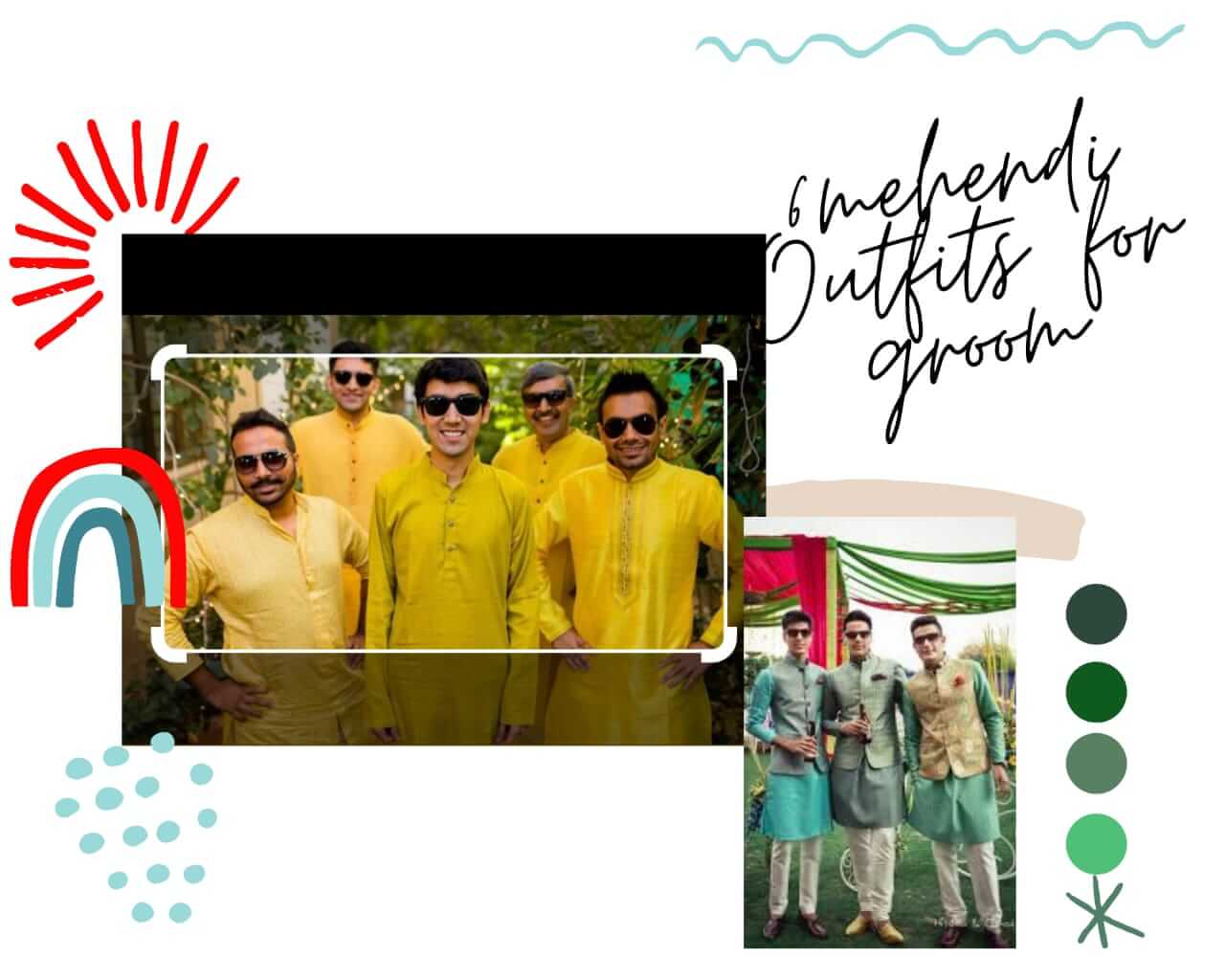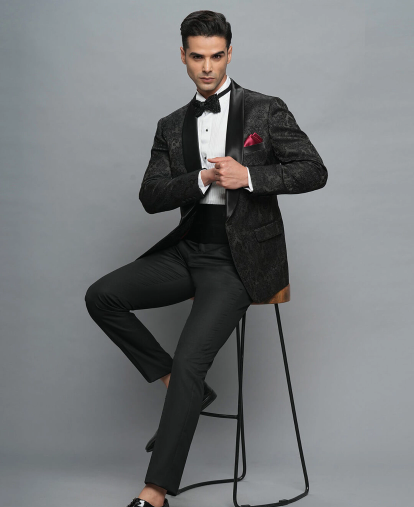 Back
Back

The Impact of Fabric Choices: Selecting Materials for Comfort and Style
Fabric choice is crucial for fashion, home design, and personal comfort. Beyond their appearance, our chosen materials influence our furniture and garments' general feel, longevity, and usefulness. This looks at several types of fabrics, their features, and how they influence comfort and style so that consumers may help themselves choose wisely.
Fabric choice is crucial for personal comfort, interior design, and fashion. Along with their visual attractiveness, our chosen materials influence the general feel, durability, and functionality of our furniture and clothing. Maintaining sustainability, obtaining the intended style, and ensuring comfort all depend on choosing the proper clothes.
Comfort is a significant factor when selecting fabrics since different materials have different degrees of softness, breathability, and moisture absorption. For example, whilst fleece and wool provide insulation in colder climes, cotton and linen are light and ideal for hotter ones. Moreover, the feel and texture of a fabric can influence its reaction to the skin. Hence, some textiles are more suited for sensitive people.
From a stylistic aspect, fabrics define household textiles and garments' general look and drape. While jersey and denim offer a more laid-back, daily look, other materials, such as silk and satin, exude luxury and elegance. Materials also affect seasonal fashion; light, airy fabrics are favoured in the summer, whereas heavier materials are desired in the winter. Fabric choices have ethical and environmental consequences in addition to personal comfort and look. Hemp, organic cotton, and recycled materials are among environmentally friendly fabrics that minimize their negative impact. Ethical concerns, including fair trade manufacture and animal welfare, are increasingly crucial to conscious customers.
By knowing the properties of several materials and how they influence them, people can make well-informed judgments that fit their needs, likes, and values. Whether dressing for fashion, comfort, or sustainability, choosing the correct textile is a basic need in daily life.
Benefits and Drawbacks of Natural vs. Synthetic Fabrics
Knowing the benefits and drawbacks of natural and synthetic materials is crucial when choosing textiles. Each variety has unique qualities that affect its cost, sustainability, comfort, and durability.
Natural Fabrics
Pros: Natural fabrics that include cotton, linen, and wool allow air to flow through them, keeping the wearer cool and comfortable. Sustainable and biodegradable are bamboo, hemp, and organic cotton. Generally softer and more skin-friendly, they are ideal for delicate skin. Many natural textiles wick away moisture; hence, sweating won't damage anything.
Cons: Natural fabrics are usually more expensive, given their production method. Some fabrics, including silk and cotton, fade faster than synthetic equivalents. Cotton and linen readily wrinkle and may shrink after washing. Wool and cotton absorb moisture, making them less suited for humid surroundings.
Synthetic Fabrics
Pros: Strong, resistant to fading, and long-lasting, polyester and nylon keep their form. Many synthetic fabrics are water-resistant, which qualifies them perfectly for sporting and outdoor wear. Ironing is less needed since rayon and polyester keep their shape. Synthetic fabrics are generally less expensive and more readily available.
Cons: Synthetic materials could be uncomfortable since they can hold heat and moisture. Because synthetic fabrics are derived from petroleum-based components, many require more time to break down. Certain synthetic materials, especially those chemically treated, may cause skin sensitivity. Synthetic materials can retain smells; hence, they must be washed more often than natural ones.
Climate adaptation depends critically on the choice of comfortable and breathable fabrics. The ability of a fabric to regulate body temperature and drain away moisture determines general comfort, so choosing the suitable fabric for a given temperature is crucial. Ideal for summer clothing, it is light, airy, moisture-absorbing. Rather fast-drying and highly breathable, radiating a clean, frigid energy. It is soft and breathable by nature, keeping the body dry and fresh. Copying natural fibres offers a lightweight and airy substitute for warm weather.
Excellent in preserving heat while also allowing breathing, therefore preventing overheating. It is lightweight and insulating; hence, it is ideal for winter layering. Relatively soft and warm, with better insulating quality. They are flexible for layering since they let ventilation yet retain heat. Combining wool, polyester, or cotton gives lifespan and flexibility. Thanks to the wearer's inherent temperature control, the user keeps warm in cool climates and cool in warm ones.
As environmental issues grow, consumers are selecting greener fabrics more and more. Eco-friendly textiles prioritize low resource consumption, biodegradability, and ethical manufacturing. Since it is grown without harmful chemicals and pesticides, it is safer for human health and the surroundings. This highly durable cloth uses little water or chemicals, so it is among the most ecologically friendly. Bamboo cloth is breathable, moisture-wicking, naturally renewable, and environmentally benign when used sensibly. It proliferates rapidly.
Luxury fabrics differ significantly in quality, originality, and beautiful artistry. Often created from the finest natural materials and meticulously refined to enhance their softness, toughness, and visual appeal, these fabrics are Materials like cashmere, silk, and vicuna have unparalleled softness and smoothness that produces a warm but refined feel. Features of luxury textiles that raise their visual appeal are superior drapes, rich colour depth, and a distinctive gloss. Some fabrics, like vicuna wool and pure mulberry silk, are uncommon and sought-after, marking prestige and elegance.
Luxury fabrics differ significantly in quality, originality, and beautiful artistry. Often created from the finest natural materials and meticulously refined to enhance their softness, toughness, and visual appeal, these fabrics are made of materials with unsurpassed softness and smoothness, cashmere and silk, creating a warm but refined feel. Features of luxury textiles that raise their visual appeal are superior drapes, rich colour depth, and a distinctive gloss. Some fabrics, such as wool and pure mulberry silk, are rare and sought-after, defining prestige and elegance.
Durability is essential when selecting textiles, especially furniture and clothes, which are often used. Choosing long-lasting materials guarantees more value, reduces waste, and promotes sustainability. Sturdy fibres resist breaking or stretching, therefore maintaining their form and structure. Less likely to pill and with a longer lifespan are friction-resistant materials. Wool and synthetic blends are among the materials that naturally fight stains and moisture. More robust than loosely woven textiles, tightly woven materials include canvas and twill.
A tightly spun cotton cloth known for its wear resistance. Its natural toughness and wrinkle resistance make this a long-lasting choice. Linen fibres are more potent than cotton ones and improve with washing and use. Without compromising comfort, mixed materials are more robust and durable. Absolute leather ages nicely and keeps its strength over time. Since premium, well-made materials should ensure longevity and reduce the need for regular replacements, fabric durability is a vital consideration in fashion and interior design.
Selecting the right fabric for the different situations will help make clothes acceptable and comfortable. Formal wear stresses structure, sophistication, and elegance; hence, they are ideal for formal events and professional environments. Often used materials for formal attire are silk, wool, velvet, chiffon, and satin since they offer luxurious textures, elegant appearance, and a polished drape. Suits, evening gowns, and formal events call for a sleek, polished, or glittery look that these materials assist in creating.
On the other hand, casual wear fabrics prioritize mobility, breathability, and comfort. Daily wear calls for cotton, denim, jersey, flannel, and linen because of their softness, durability, and adaptability. These fabrics allow a simple, carefree style and look great with t-shirts, jeans, casual shirts, and summer combinations. Choosing the right fabric for formal or informal events guarantees that clothing meets functional and aesthetic needs, enhancing comfort and confidence in many different settings.
The fabric chosen dramatically affects the fit and drape of clothes, influencing how a garment moves with the body. Ideal for blouses and dresses, lightweight, flowing drapes created by silk, chiffon, and rayon result from their softness. Wool, denim and canvas are stiff and rigid materials that keep their shape better and fit items like blazers and trousers. Stretch materials like spandex blends improve comfort and flexibility by conforming to the body's form. Choosing the correct fabric guarantees that clothes keep their intended silhouette and offer the necessary degree of movement and structure.
High-performance materials, eco-friendly replacements, and innovative fabrics are revolutionizing the fashion industry with their inclusion. Lessening their harmful impacts on the environment without compromising durability or quality; innovations in bioengineered textiles, such as leather created in a lab and textiles derived from plants, are helping.
Bright fabrics, including embedded electronics, moisture control, and temperature regulation, enhance comfort and utility. Moreover, offering longer lifespans and customizing, self-repairing materials and 3D-knitted clothes are opening more opportunities for fashion creation. As technology advances, fabric innovations will impact fashion since they combine sustainability, utility, and style to create more flexible and environmentally friendly clothing.
Conclusion
Comfort, longevity, and clothing style depend greatly on fabric choices. Whether selecting natural or synthetic fabrics, giving breathability first importance, or using sustainable alternatives, consumers can make better decisions by knowing fabric characteristics. While ensuring an item may be worn in various environments and scenarios, the right fabric enhances its fit, drape, and general look. As textile innovation develops, the fashion business chooses more environmentally friendly and valuable fabrics. Using careful decision-making, individuals can balance comfort, fashion, and environmental responsibility, therefore impacting future trends in mens fashion.


